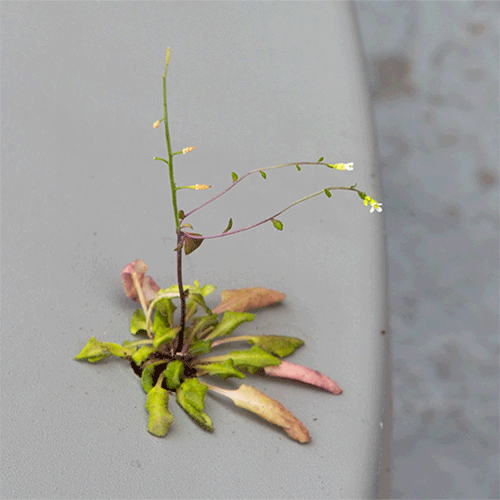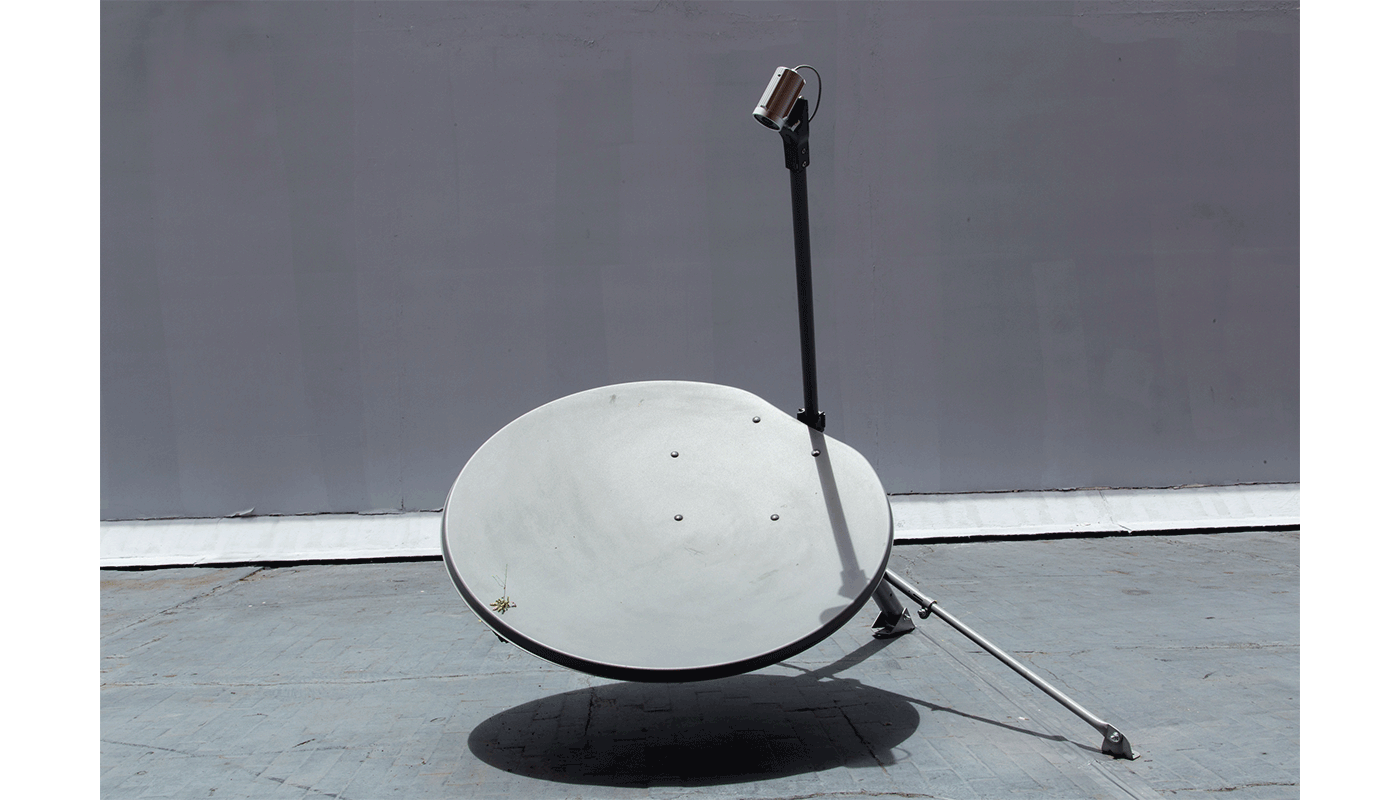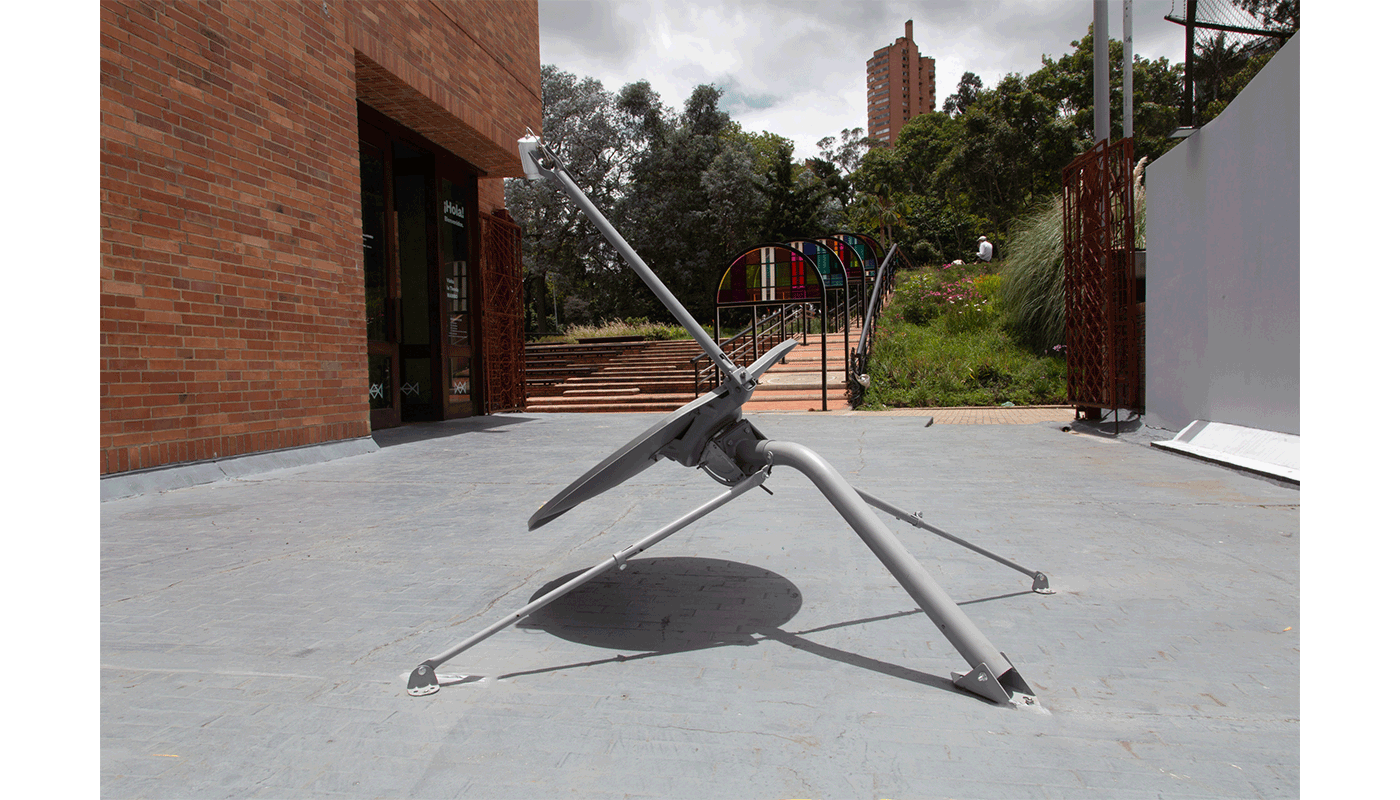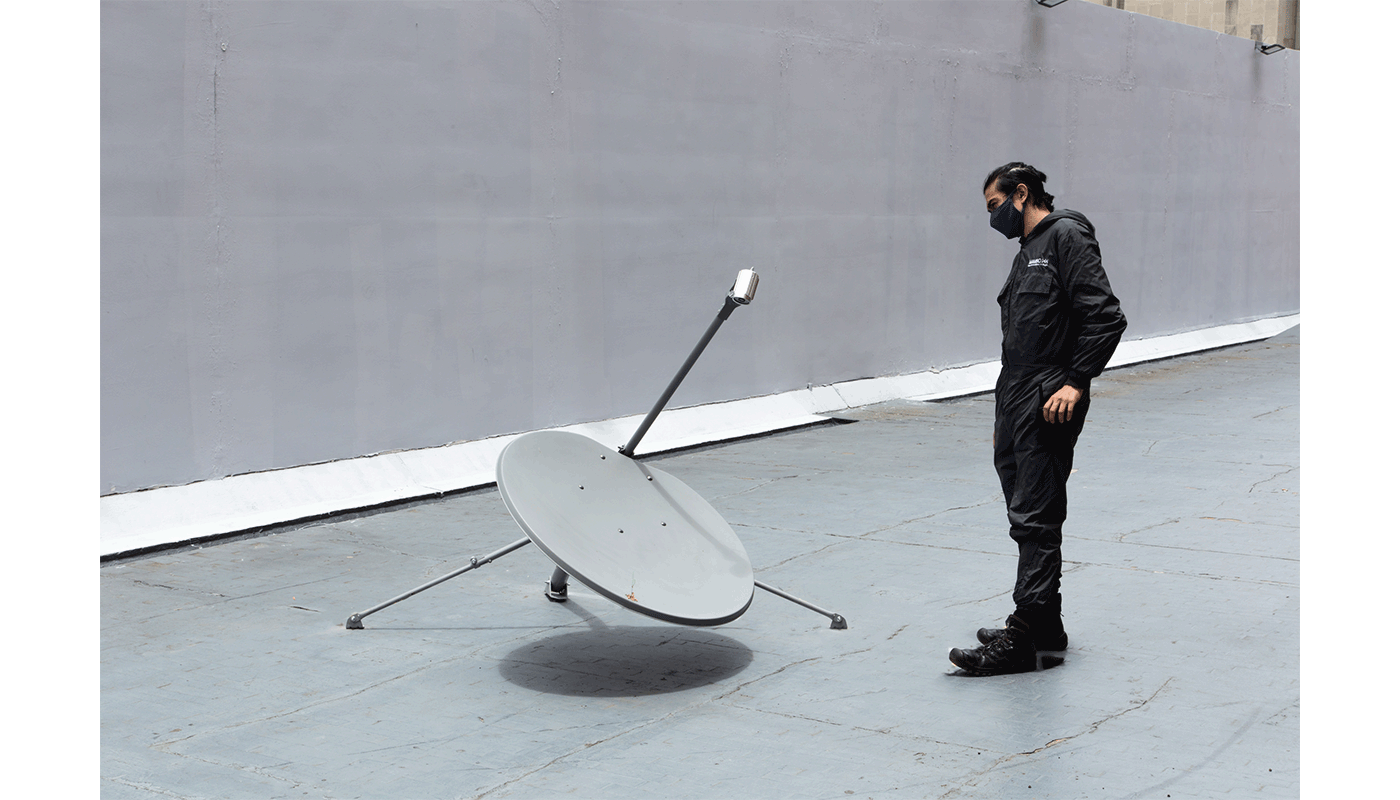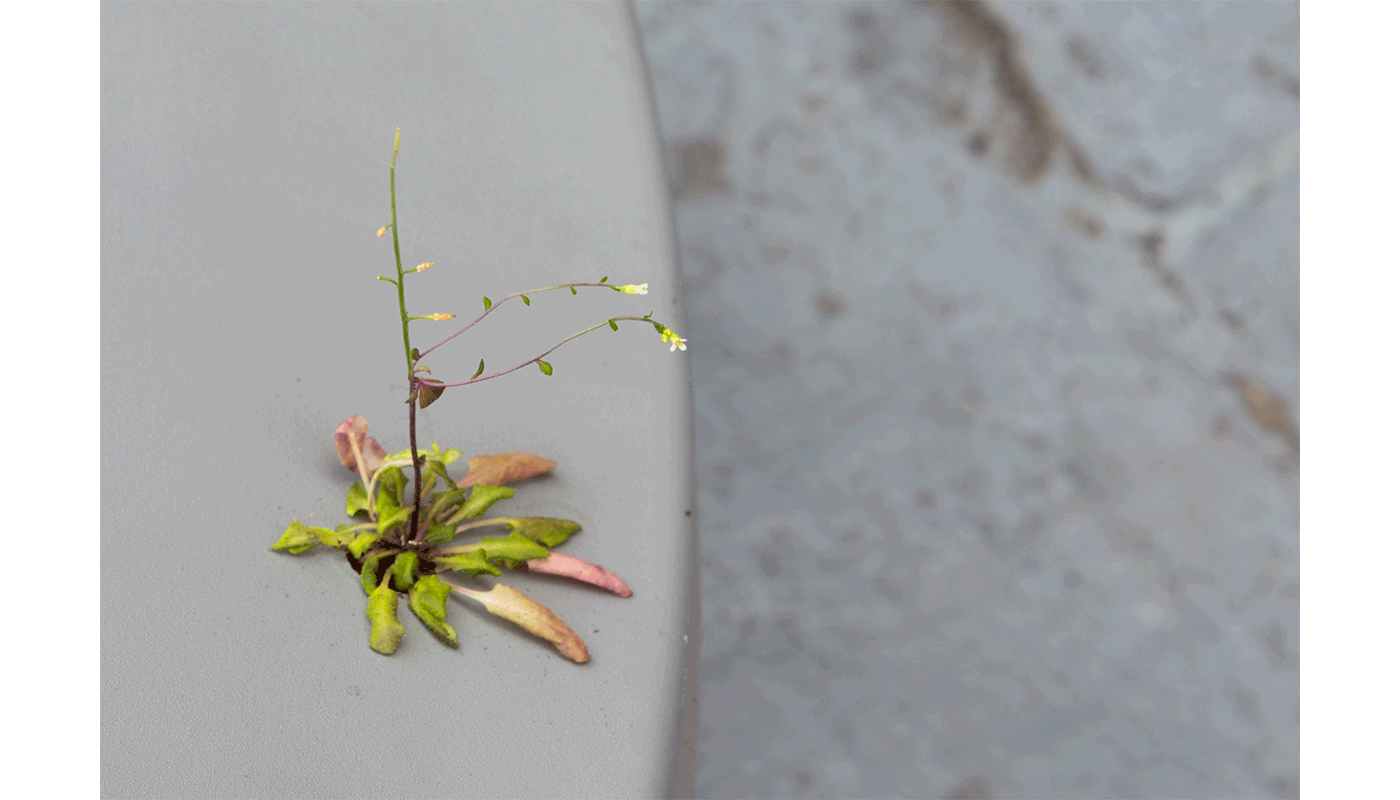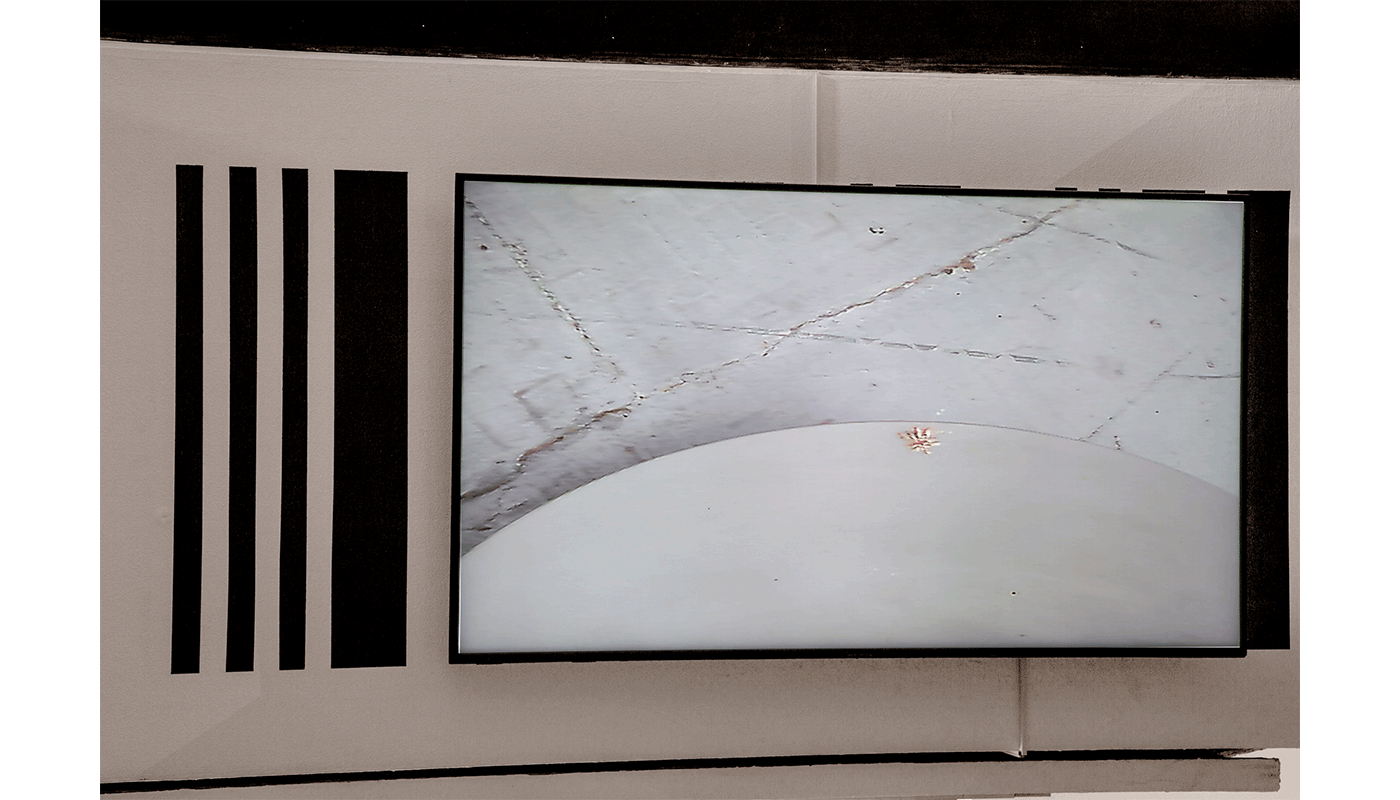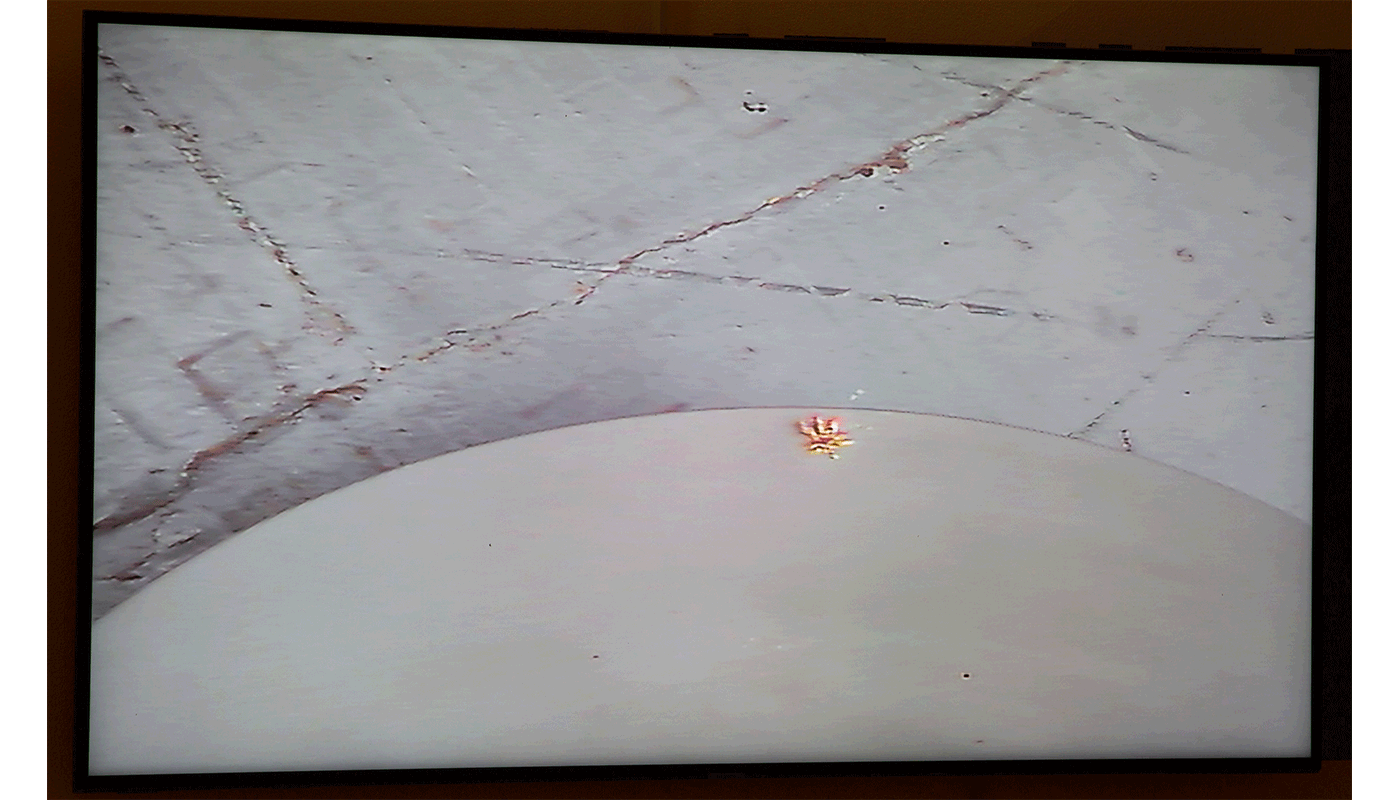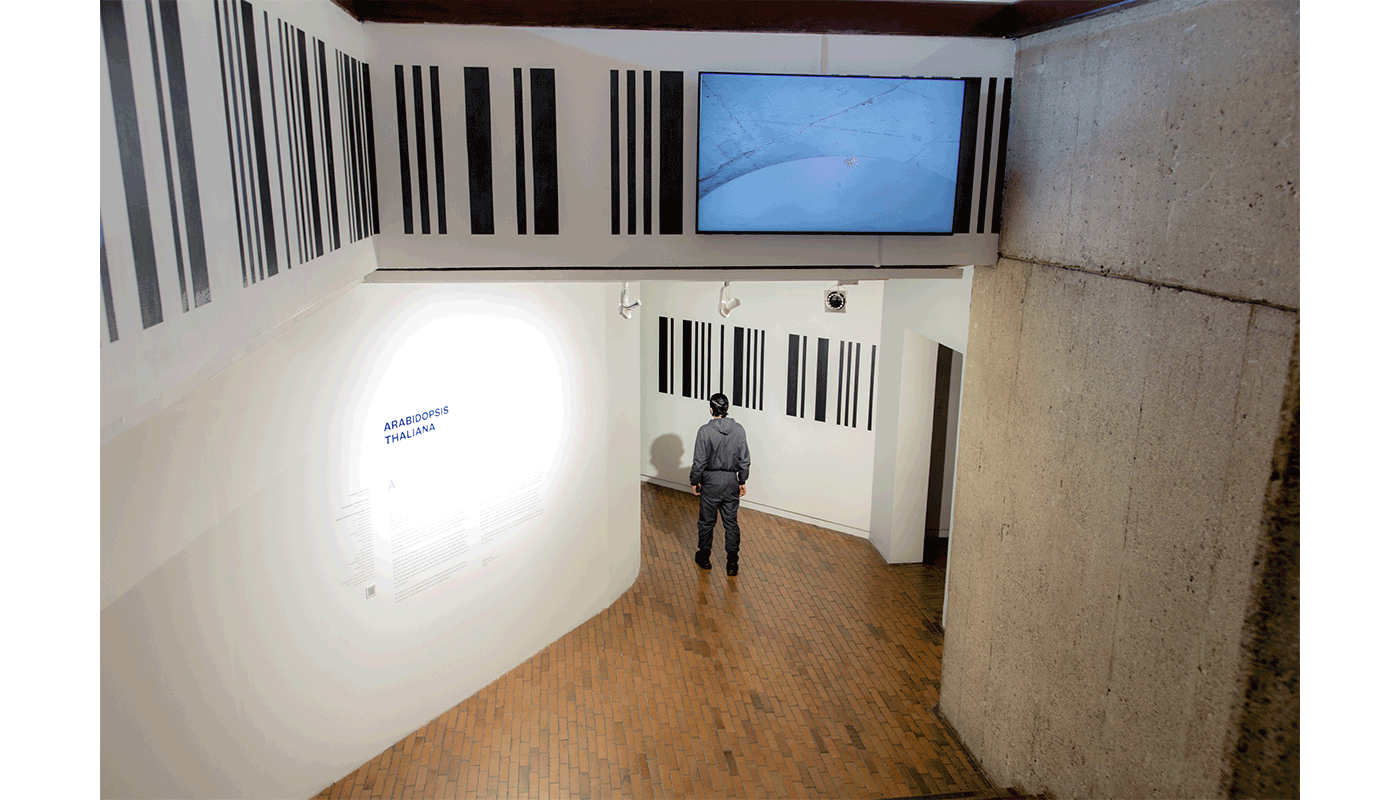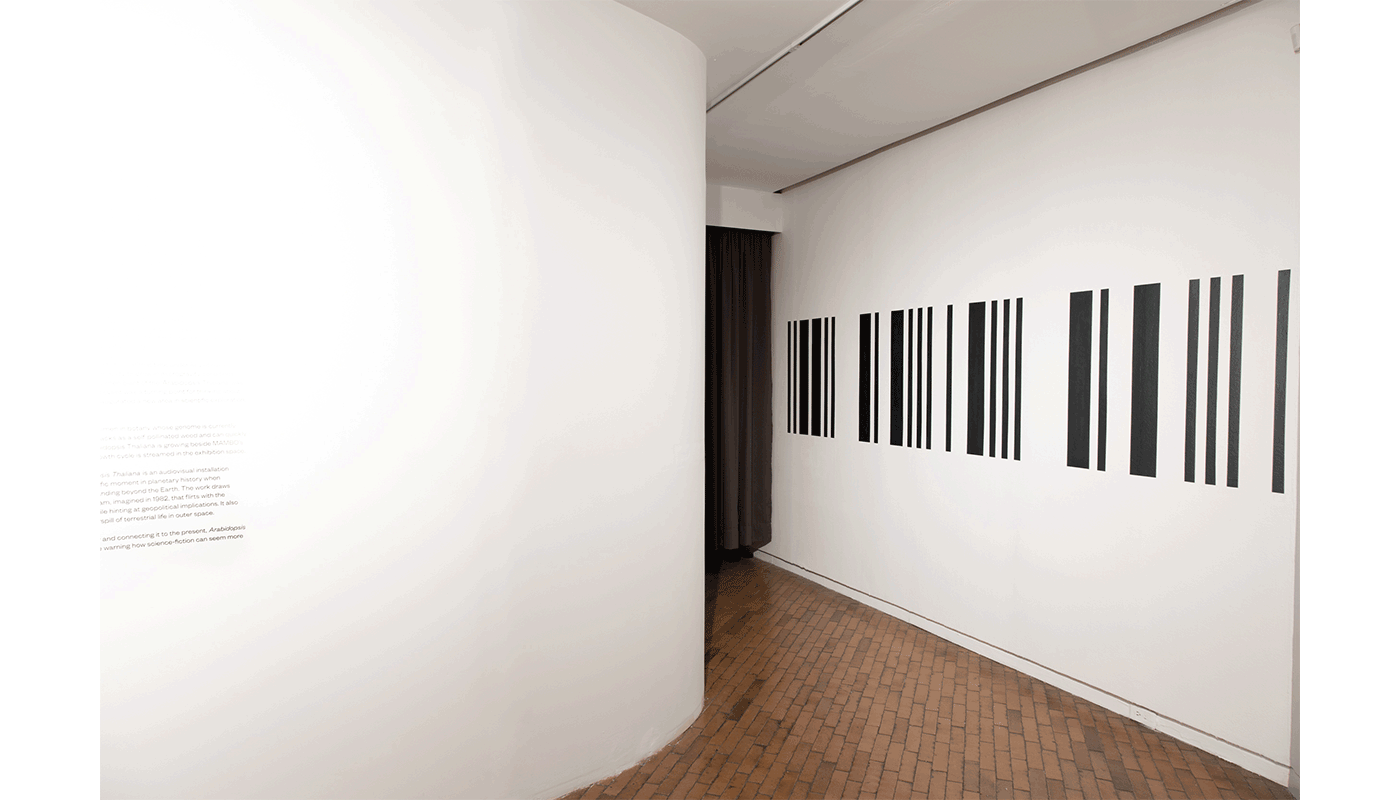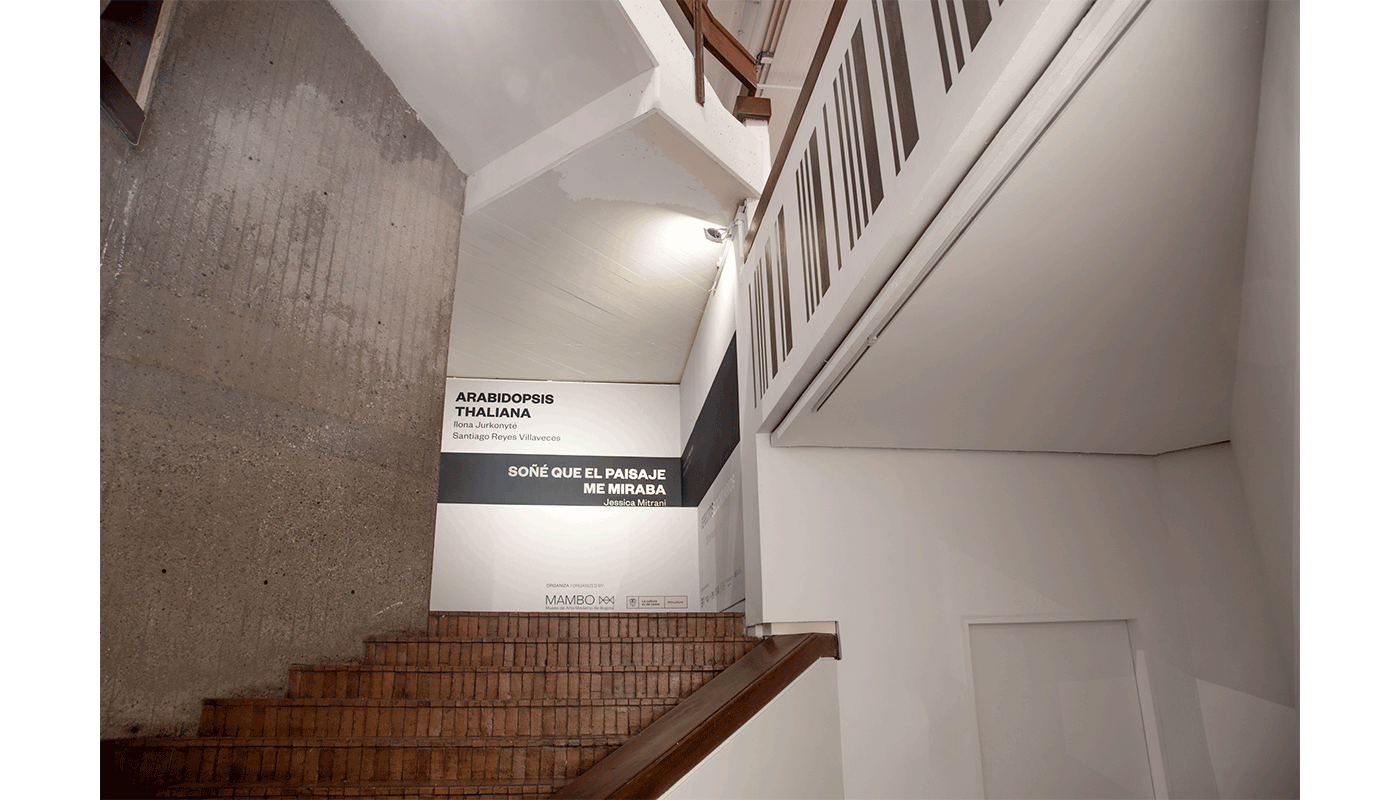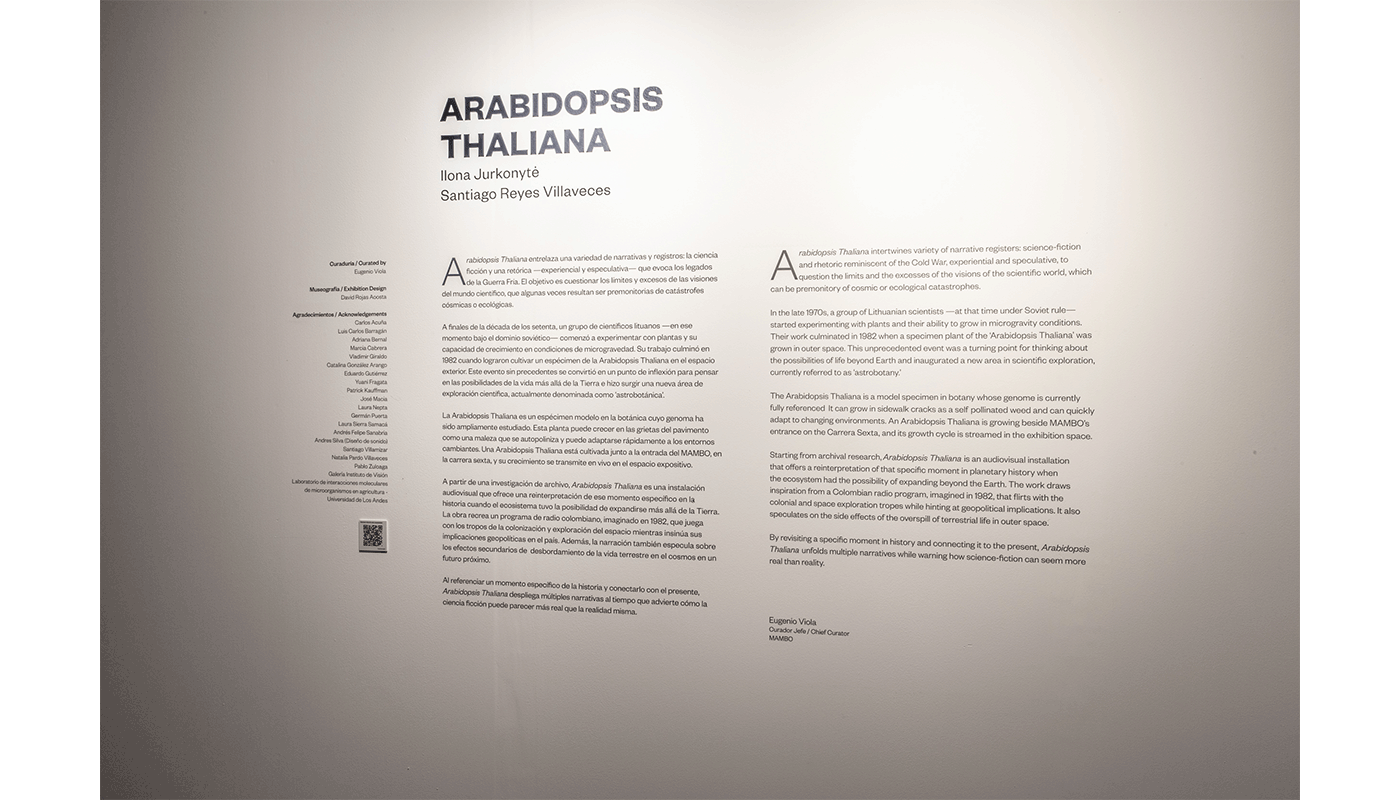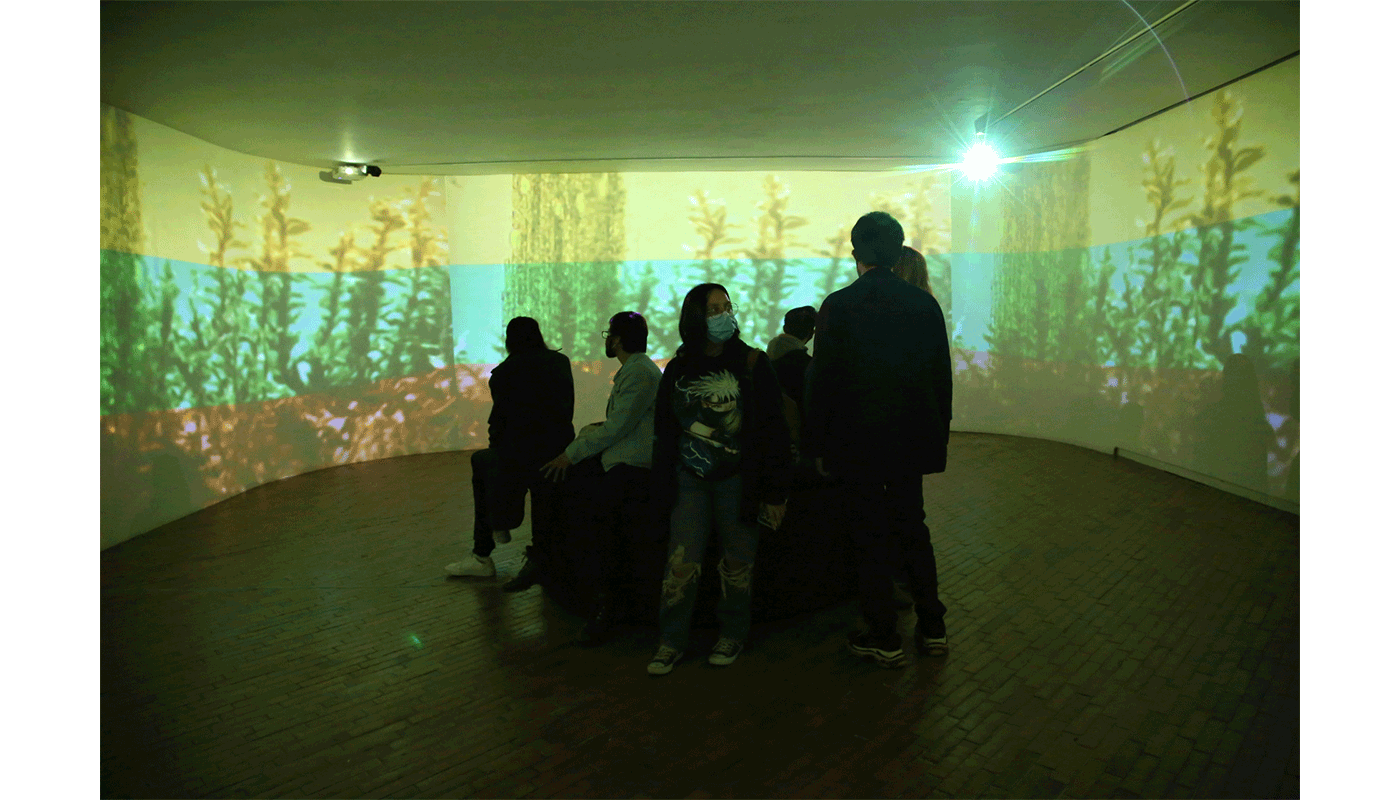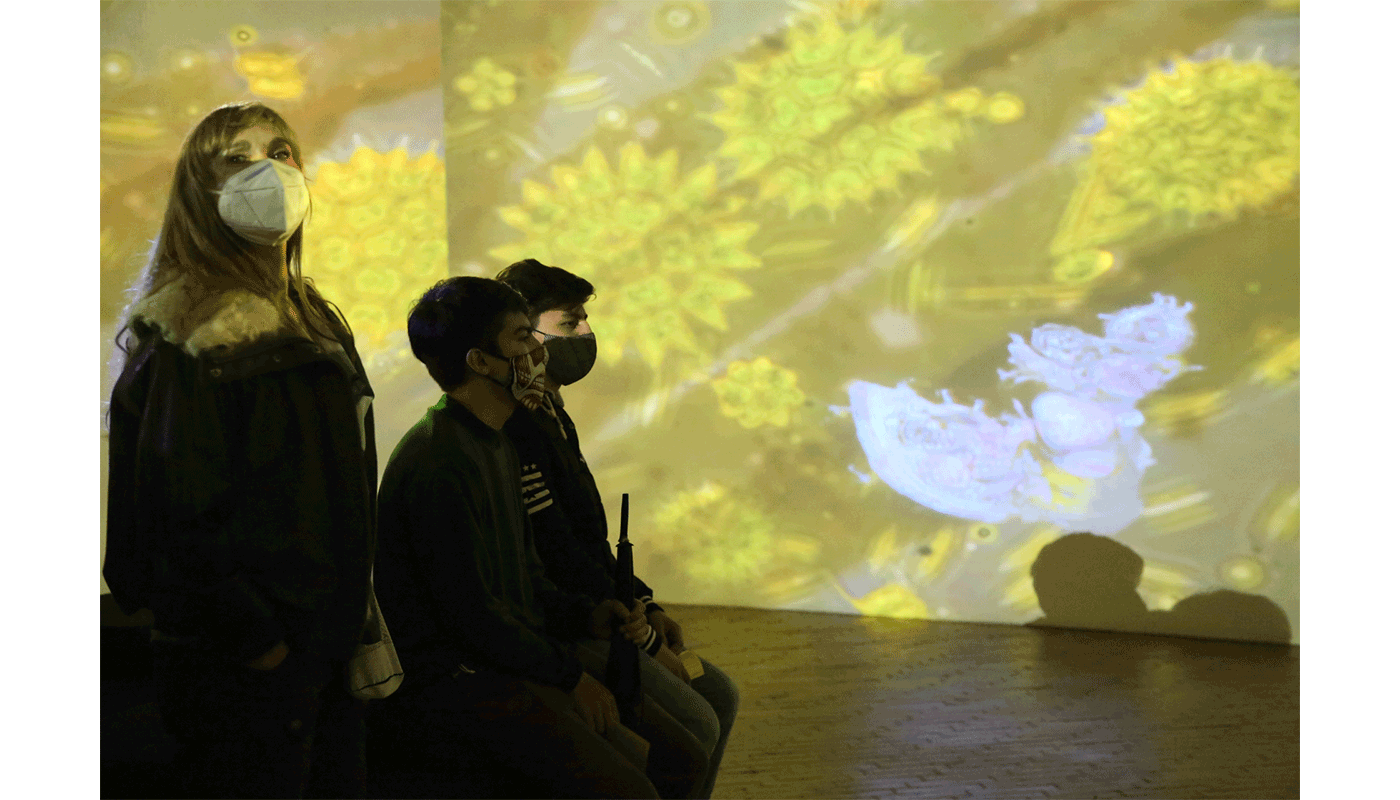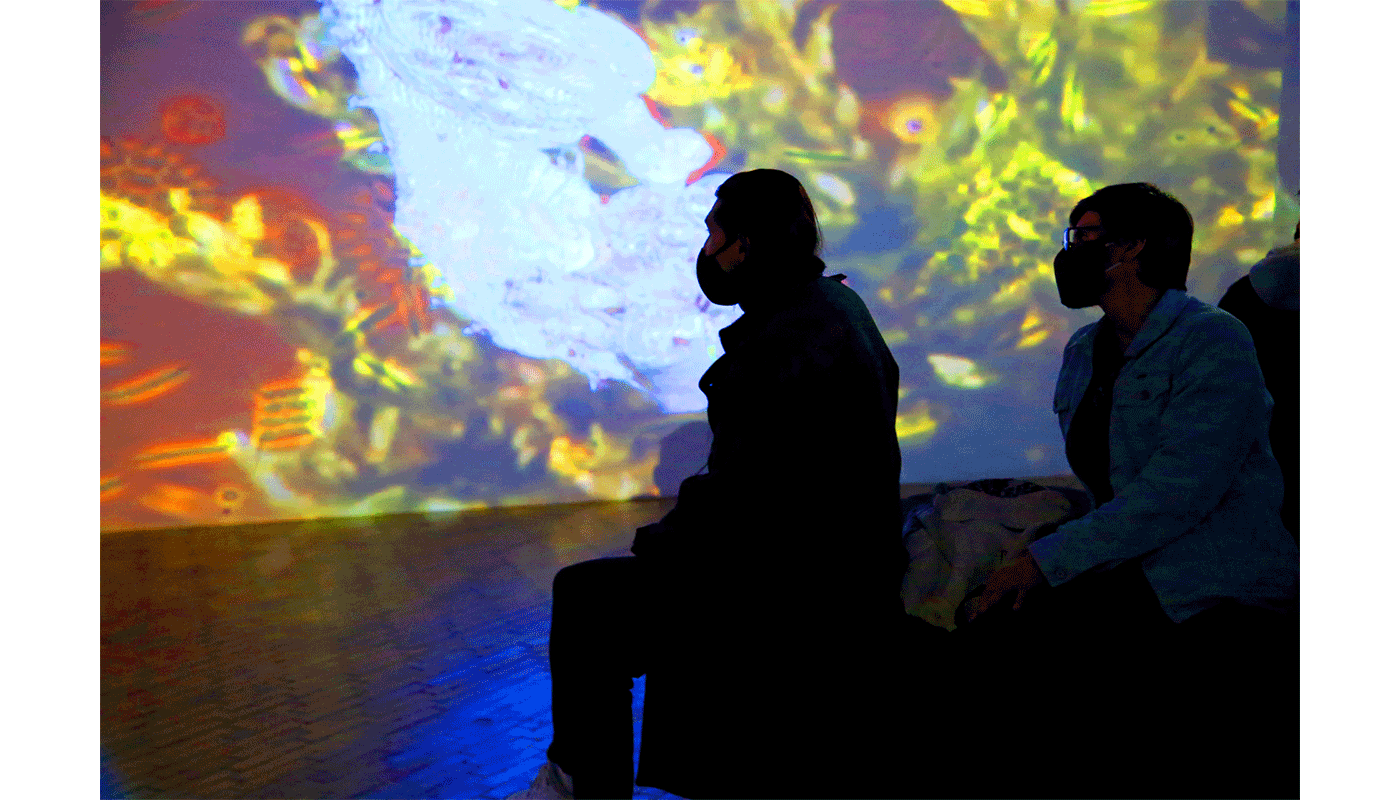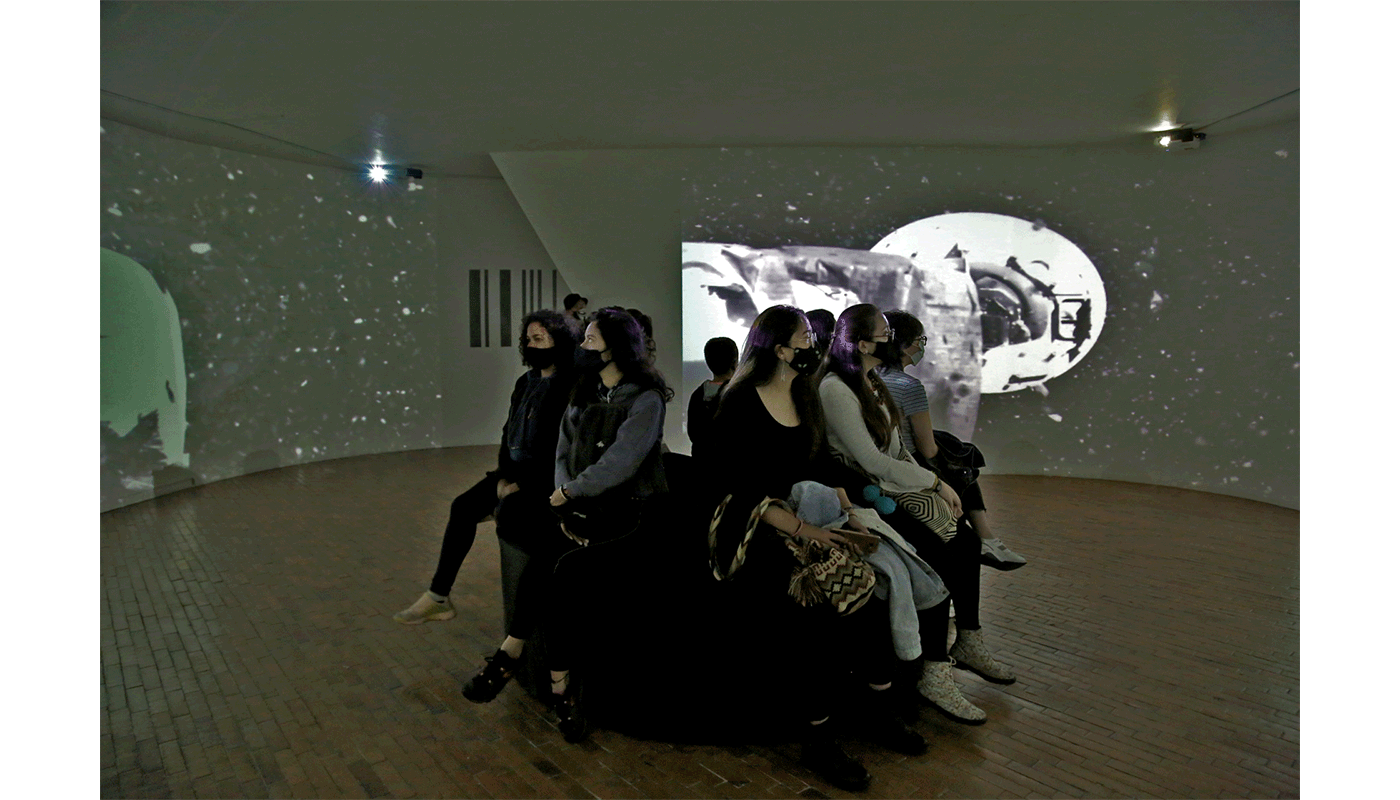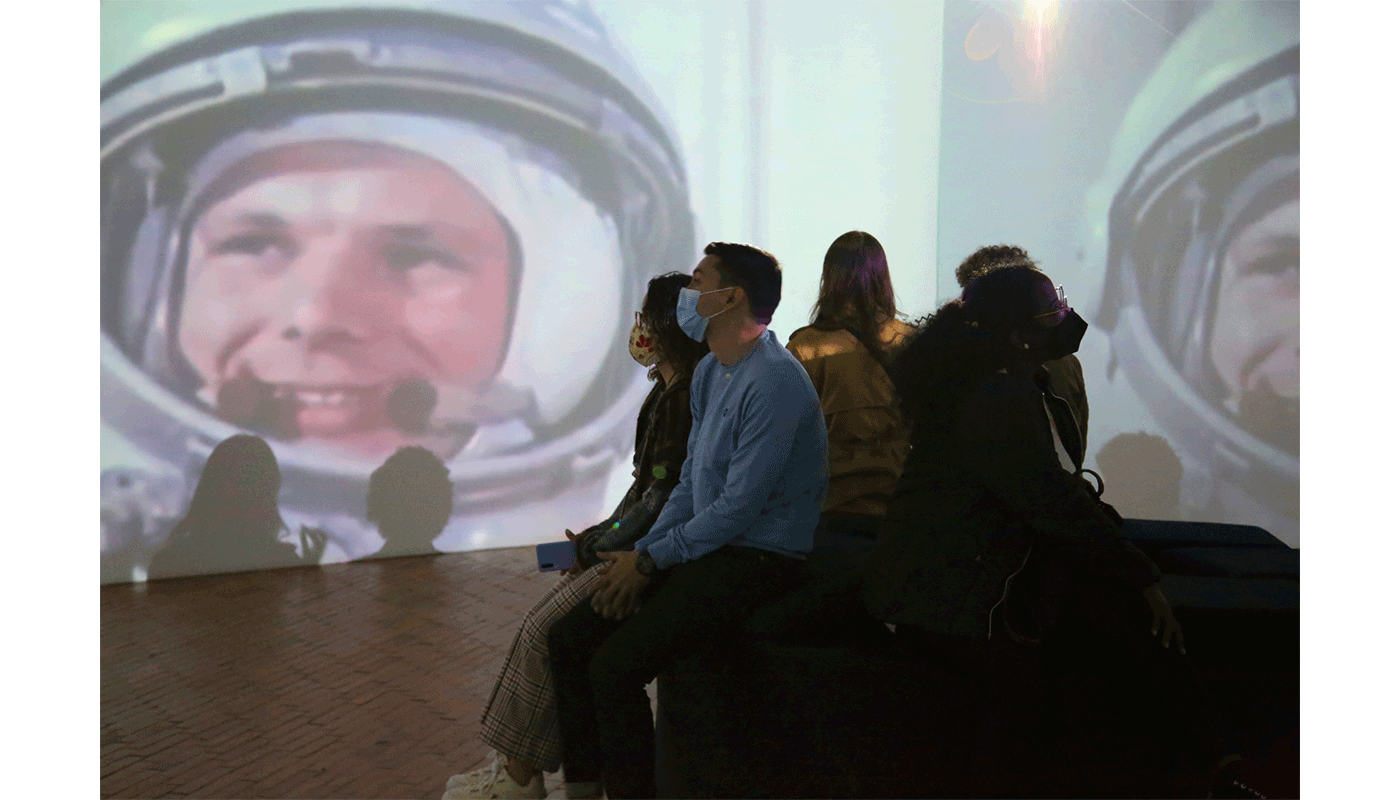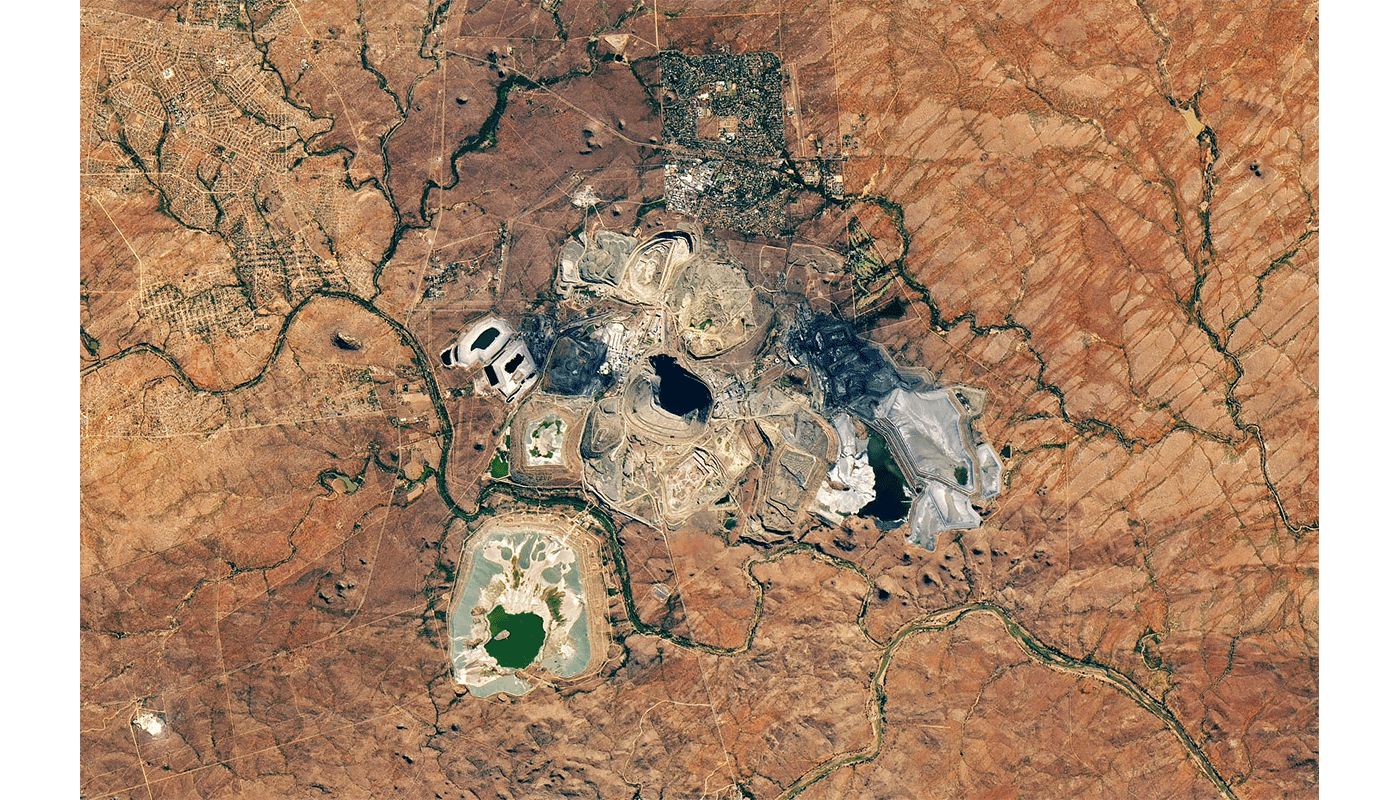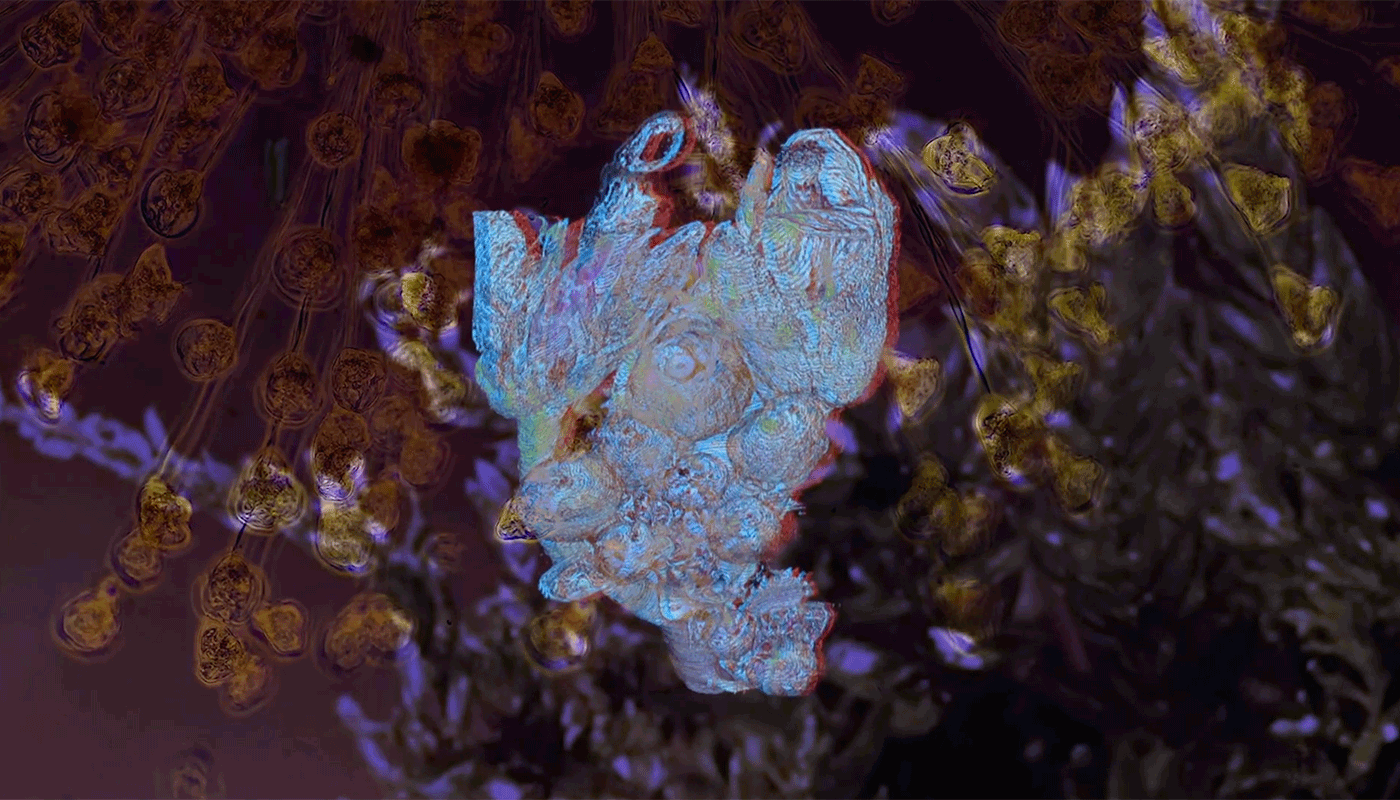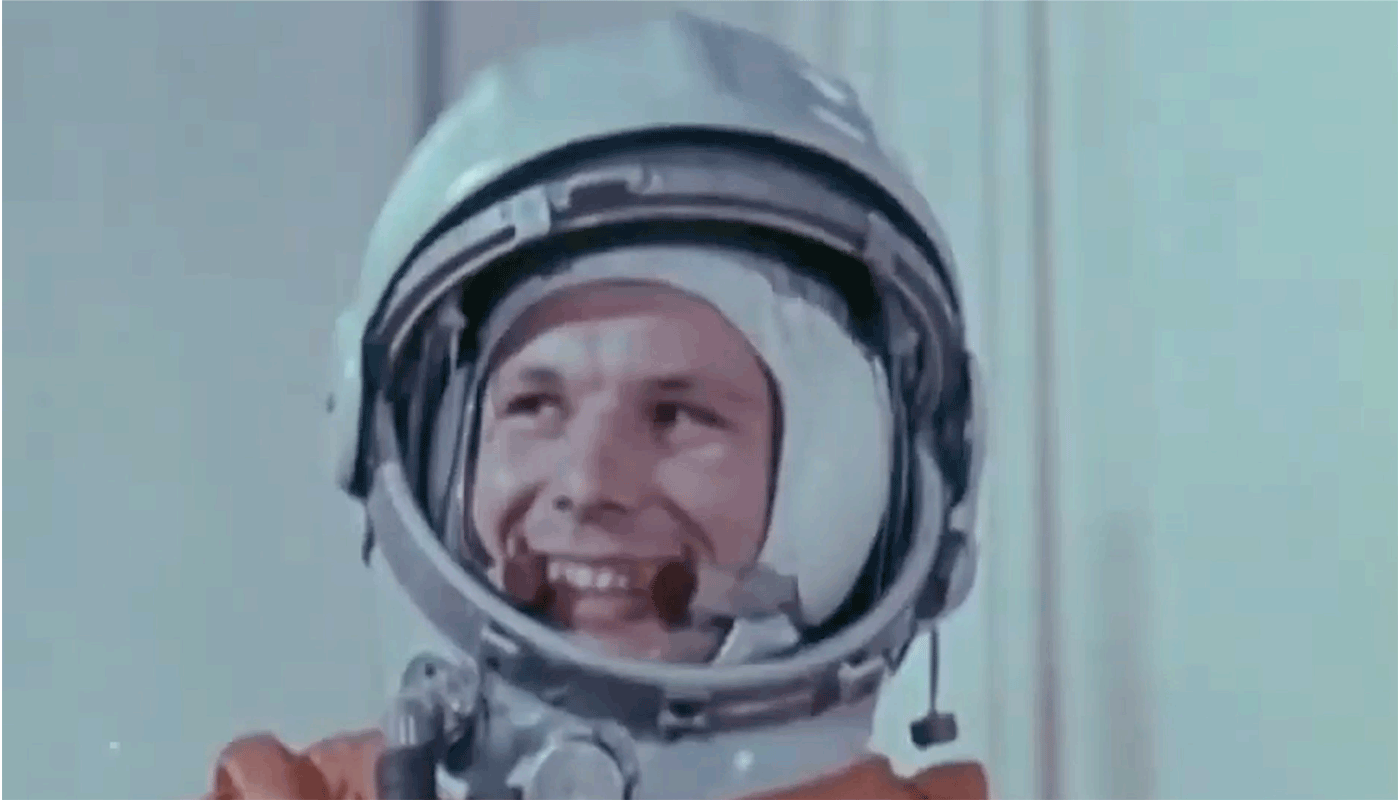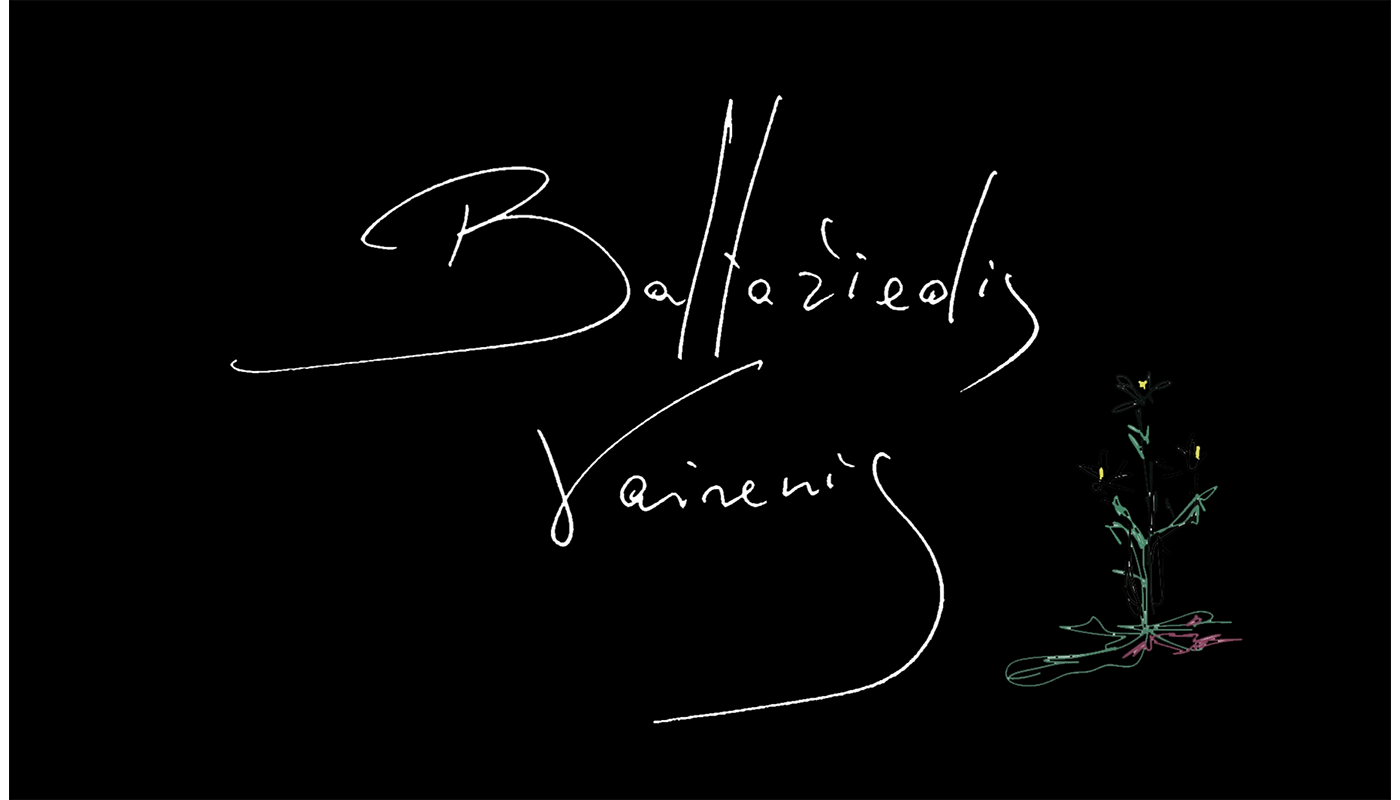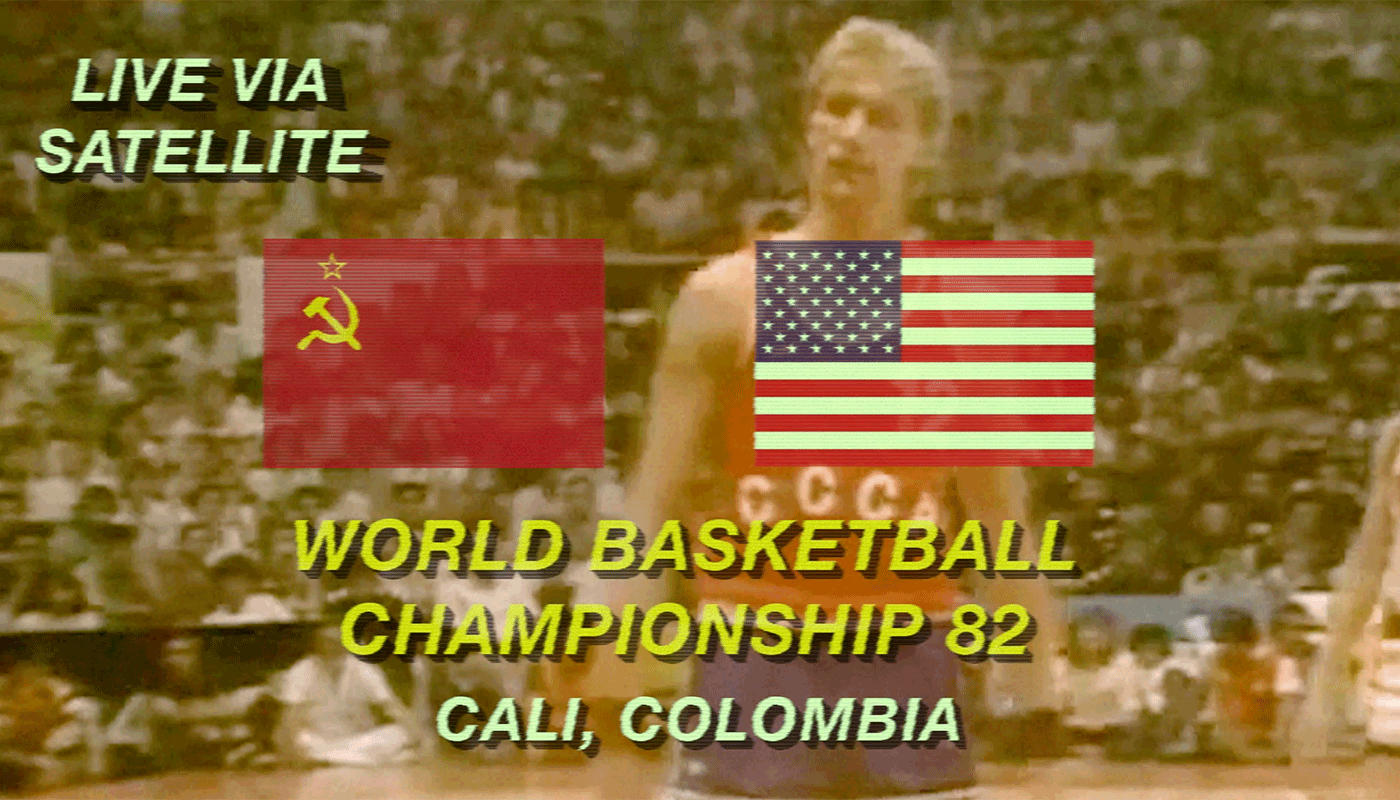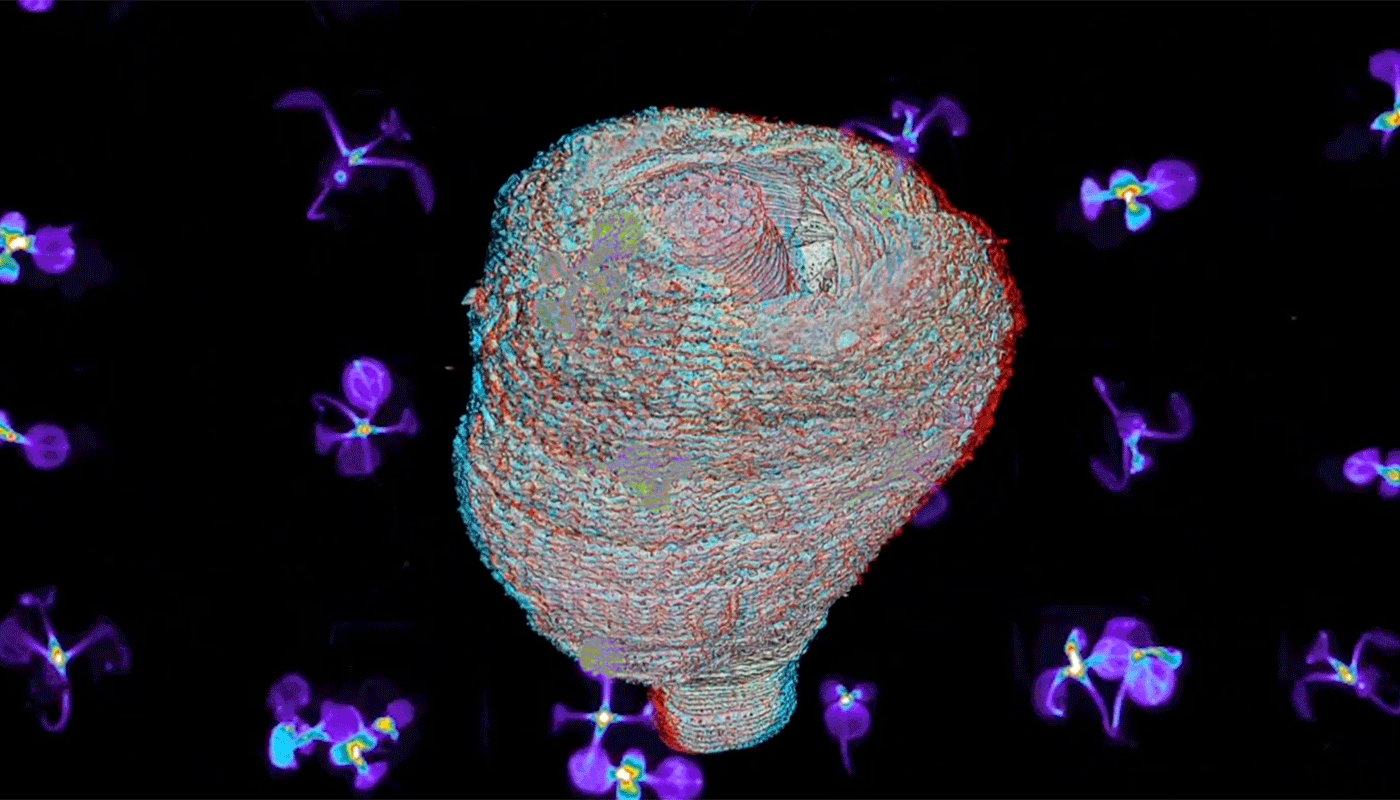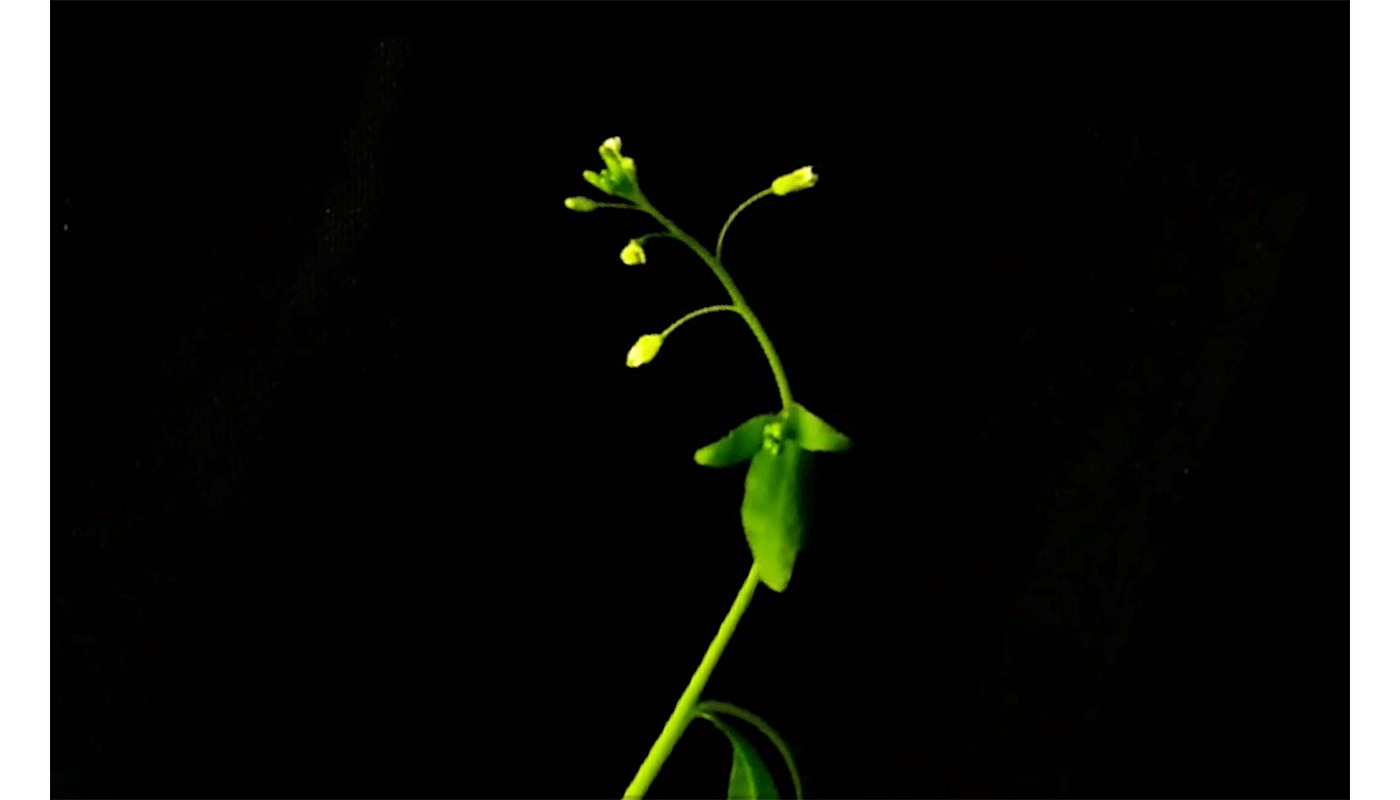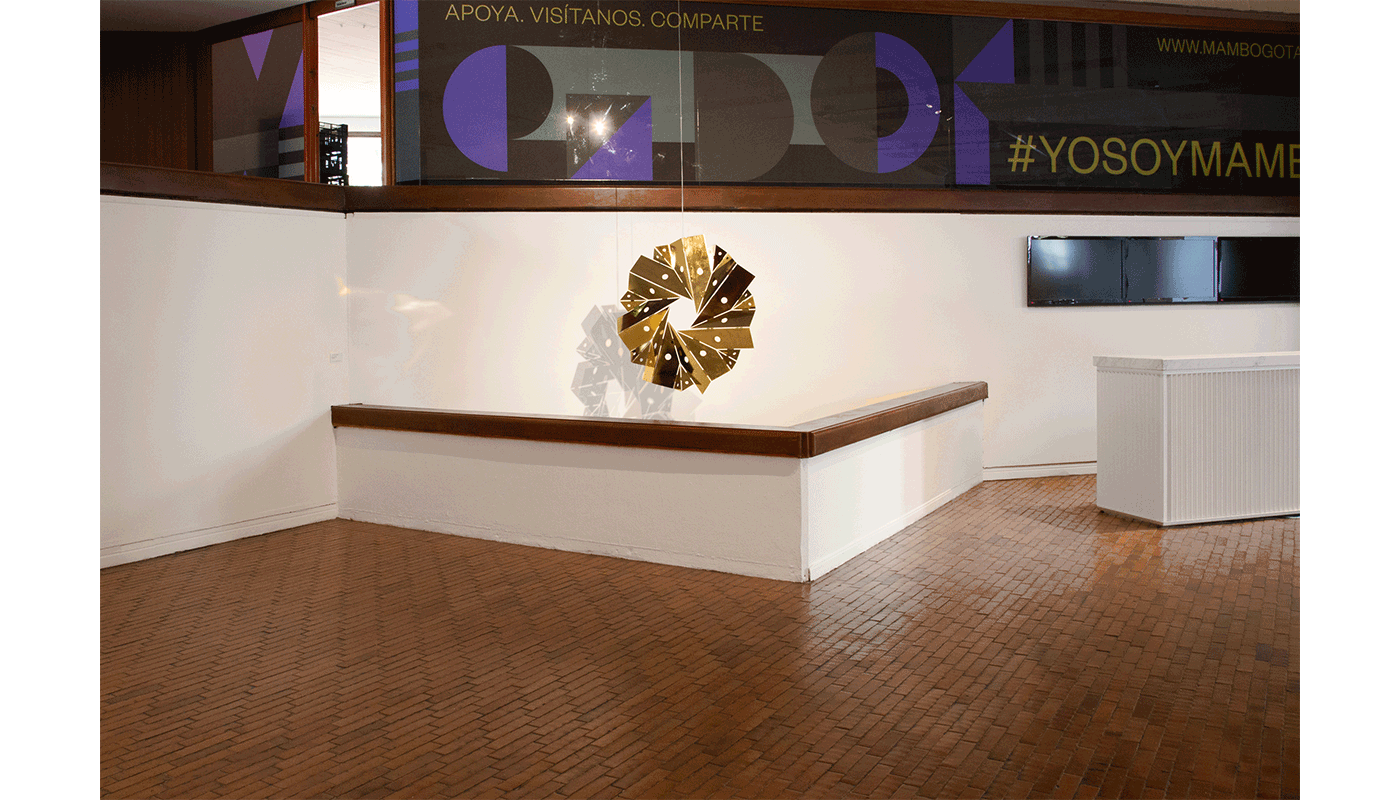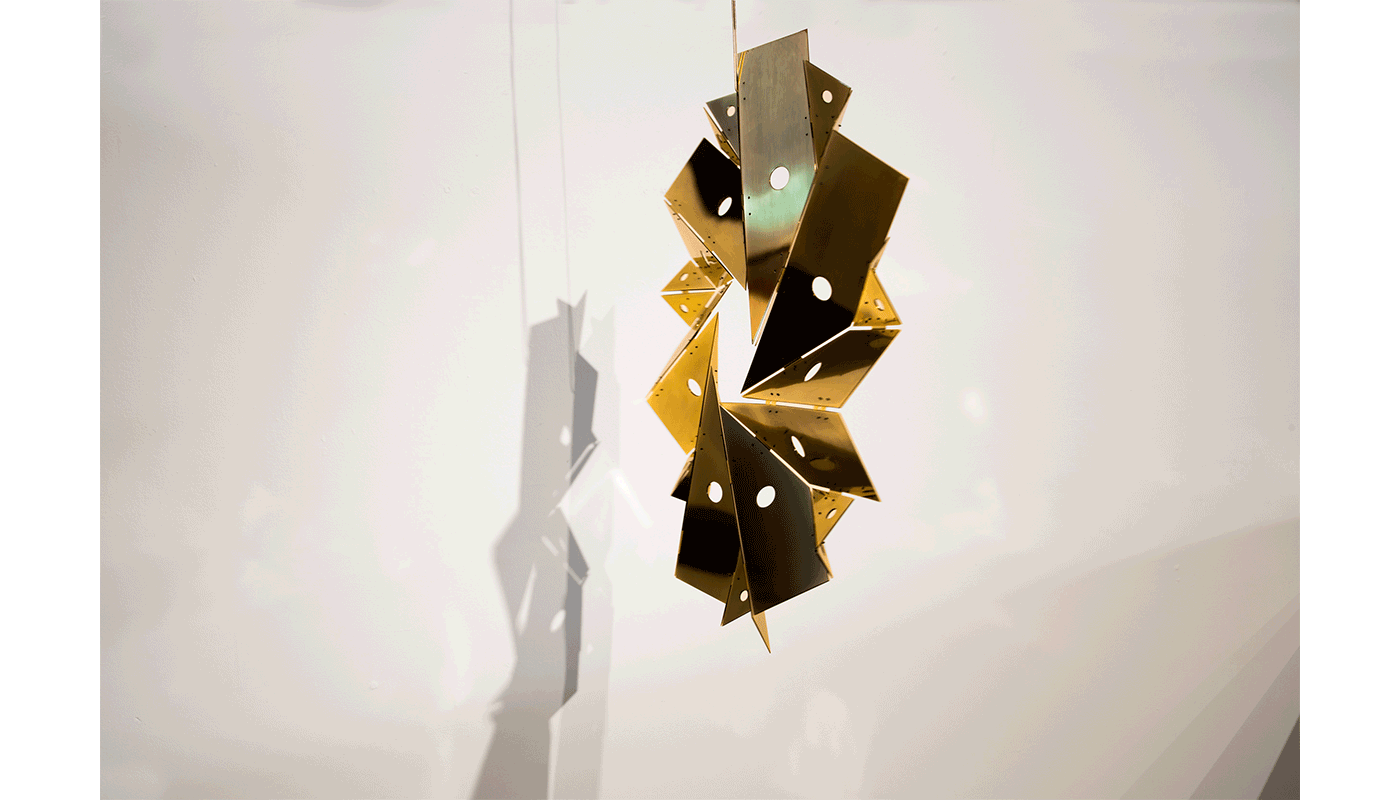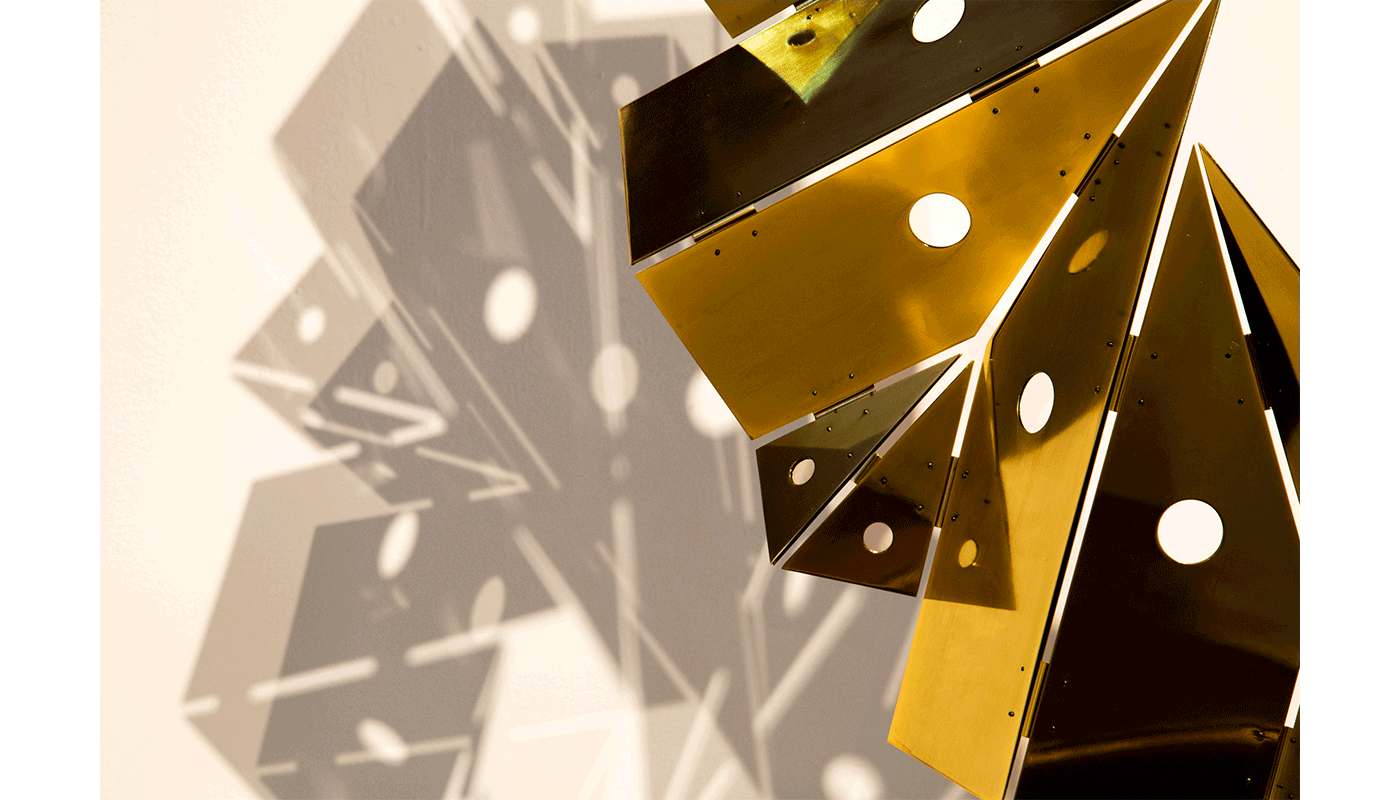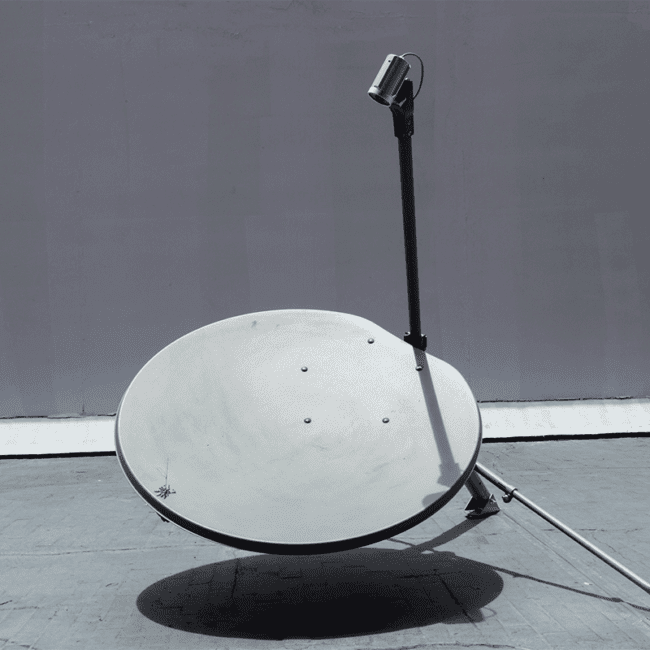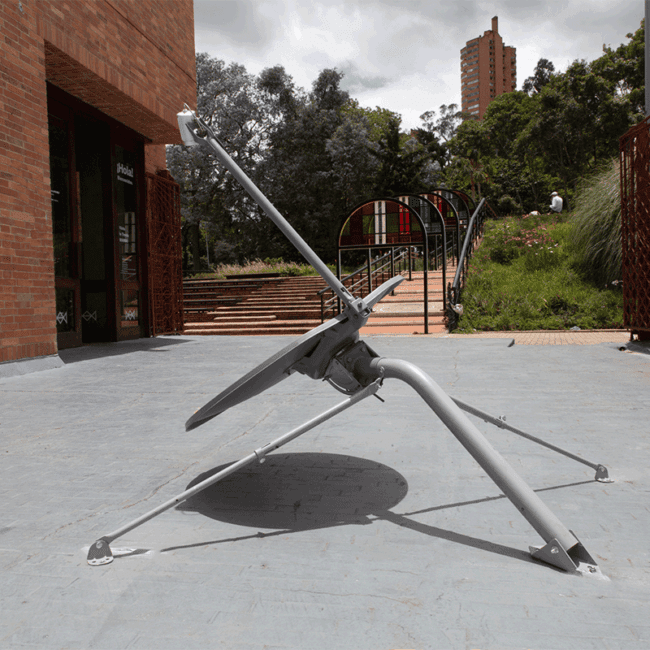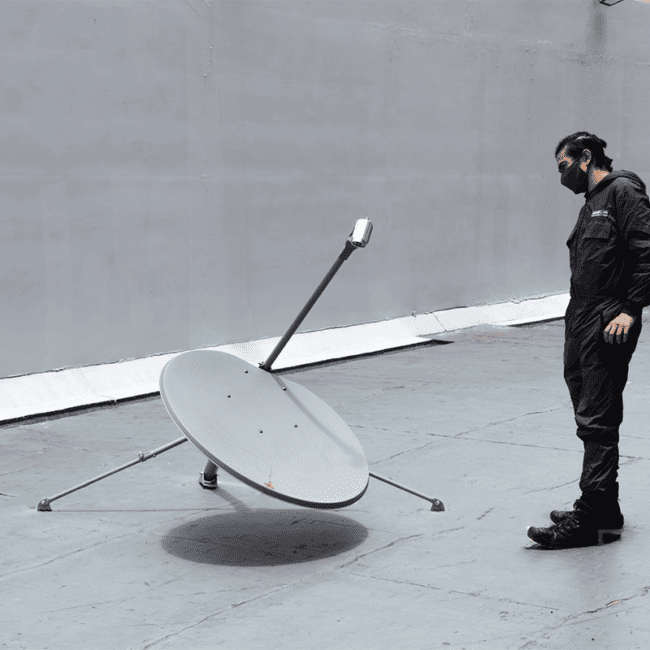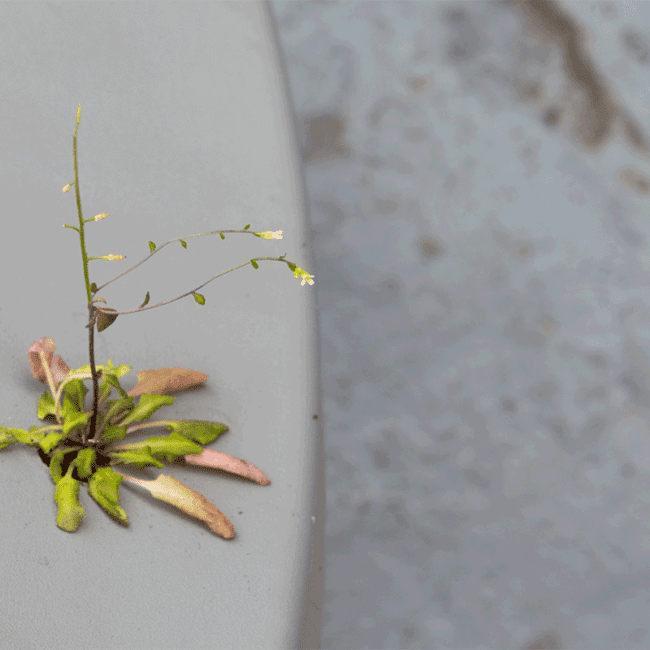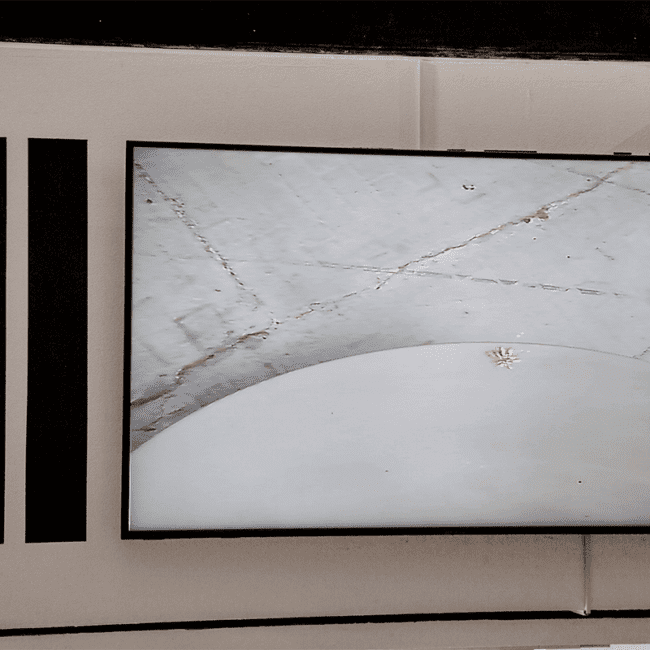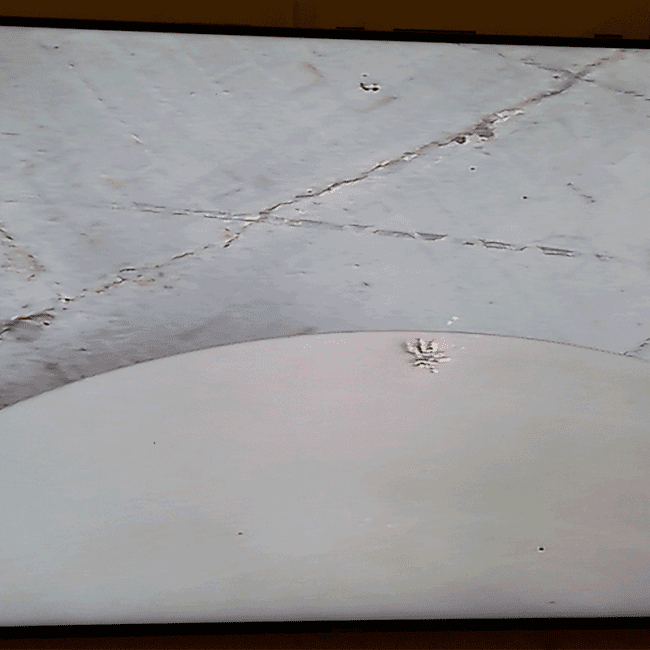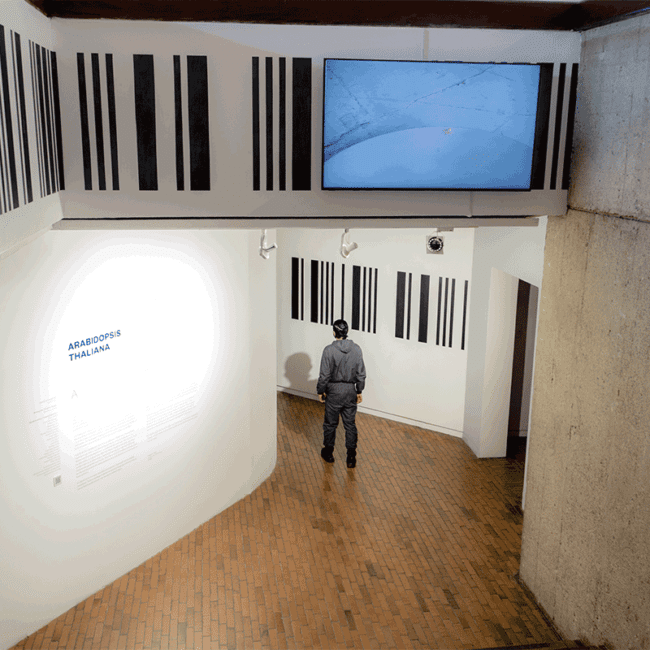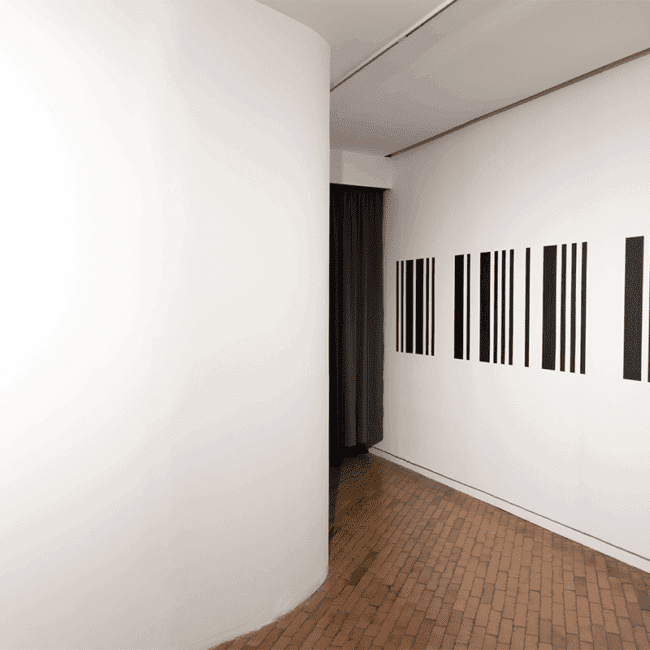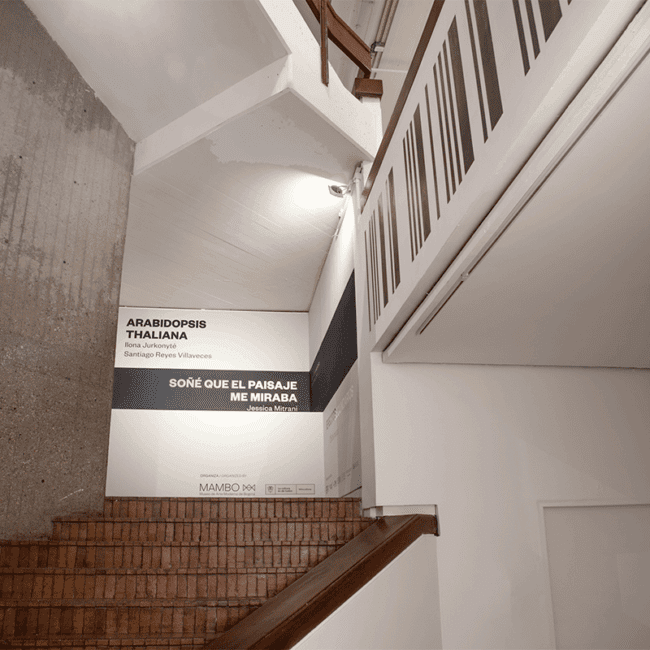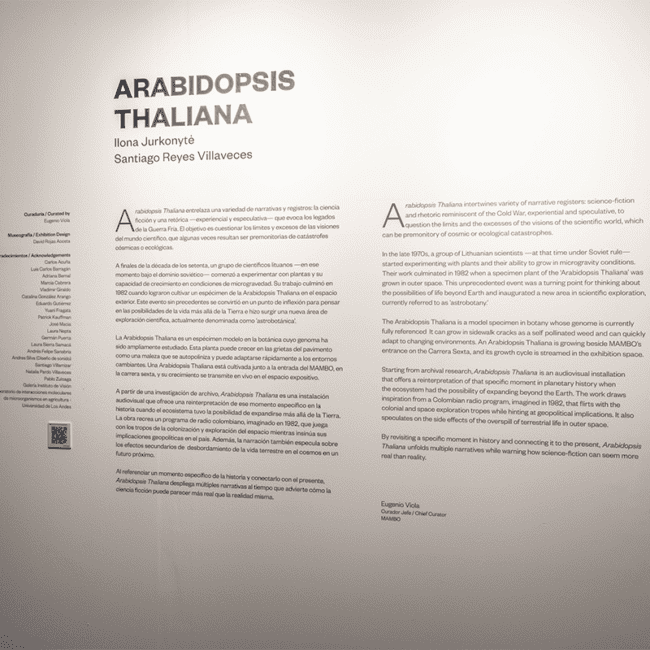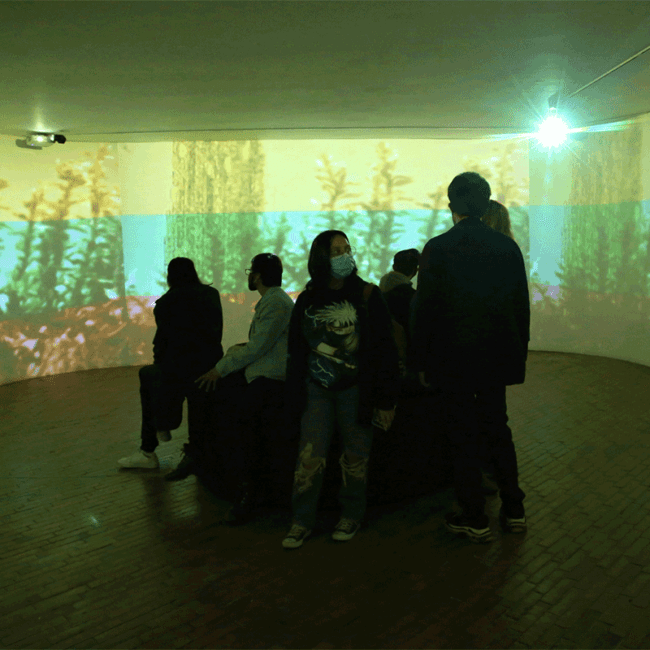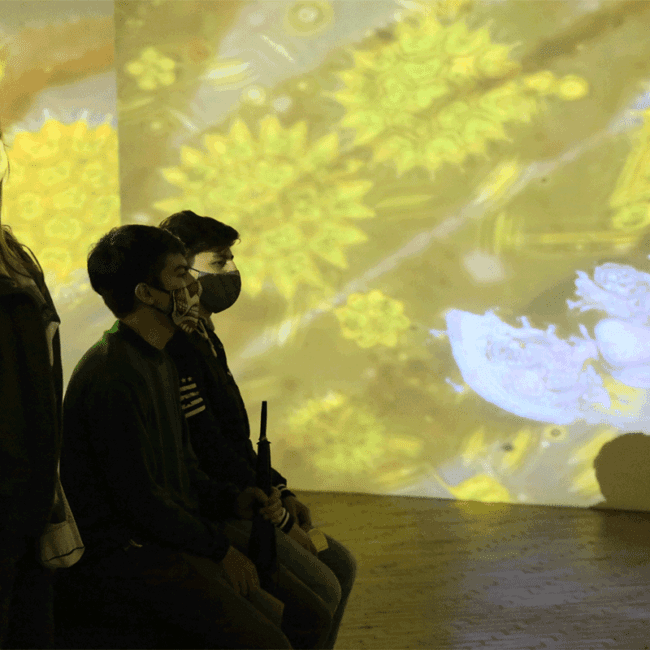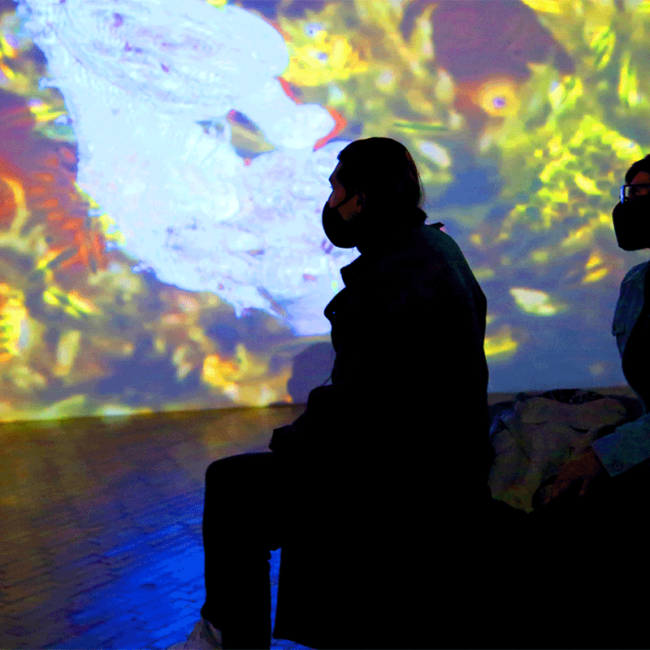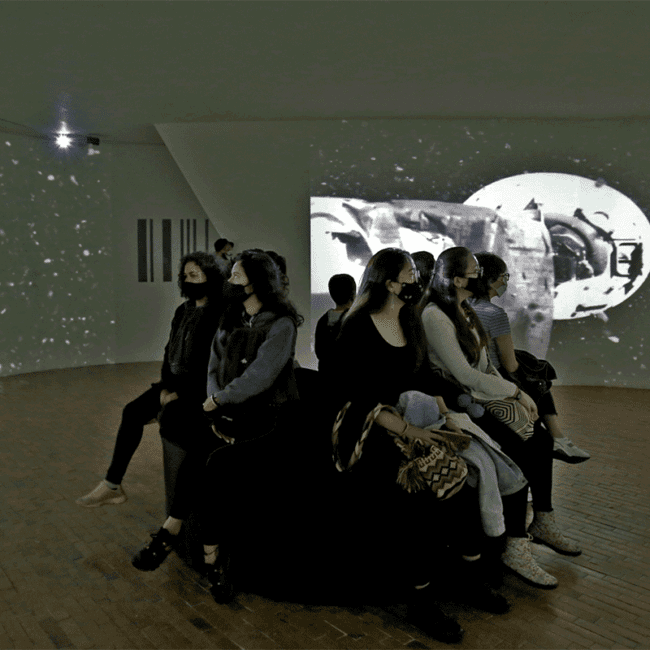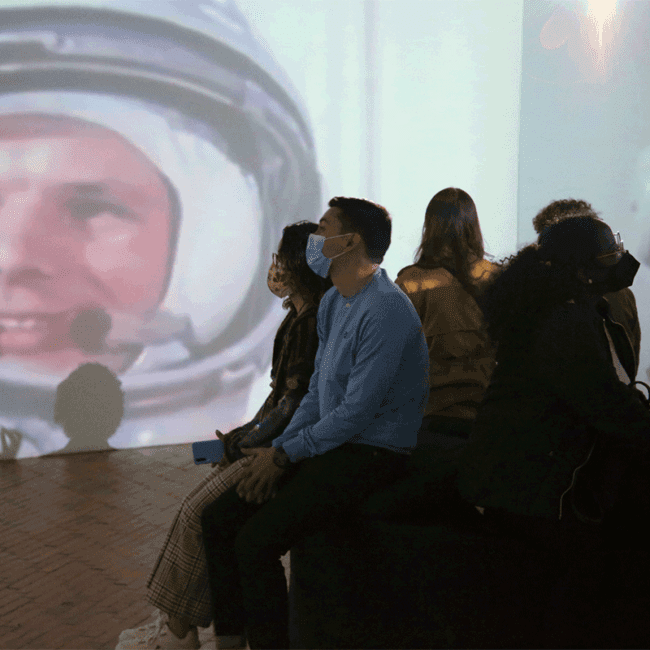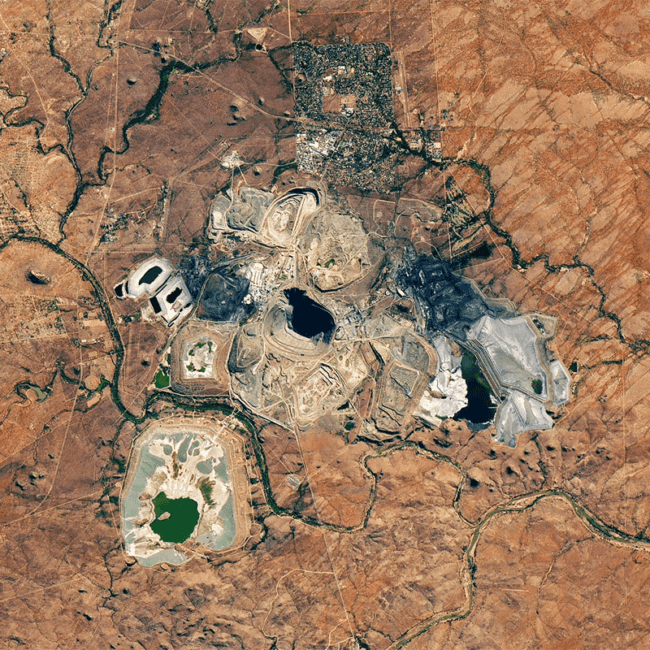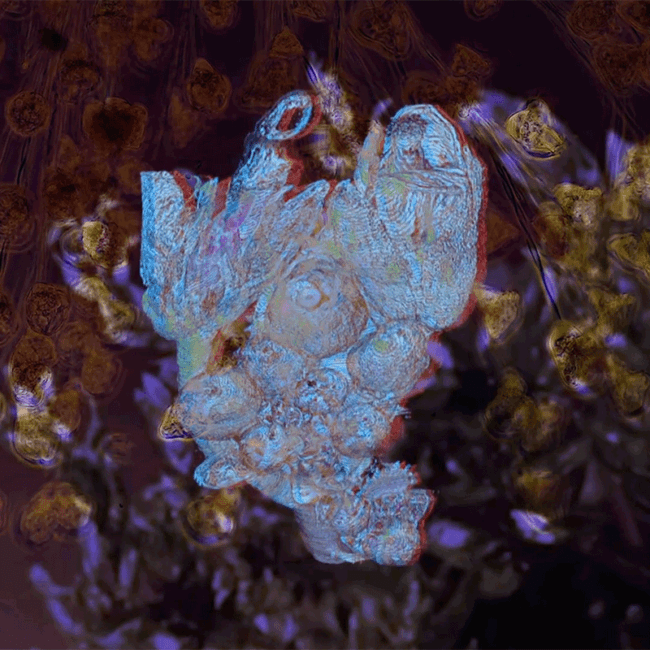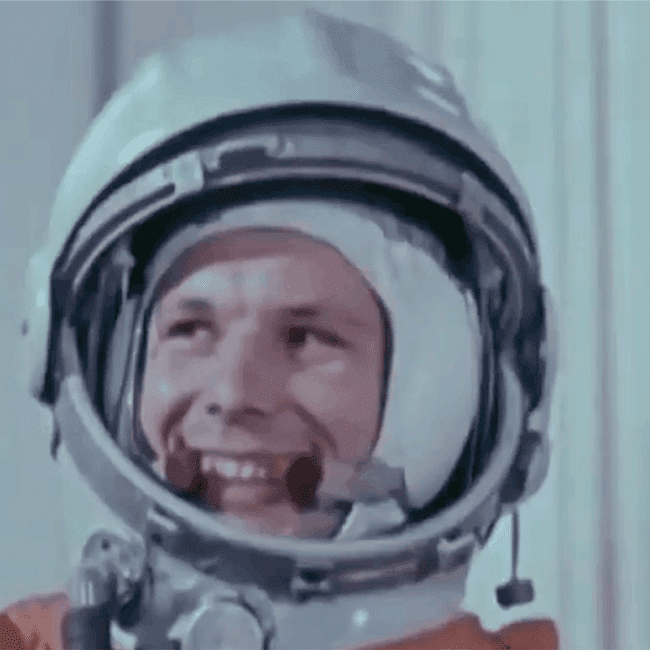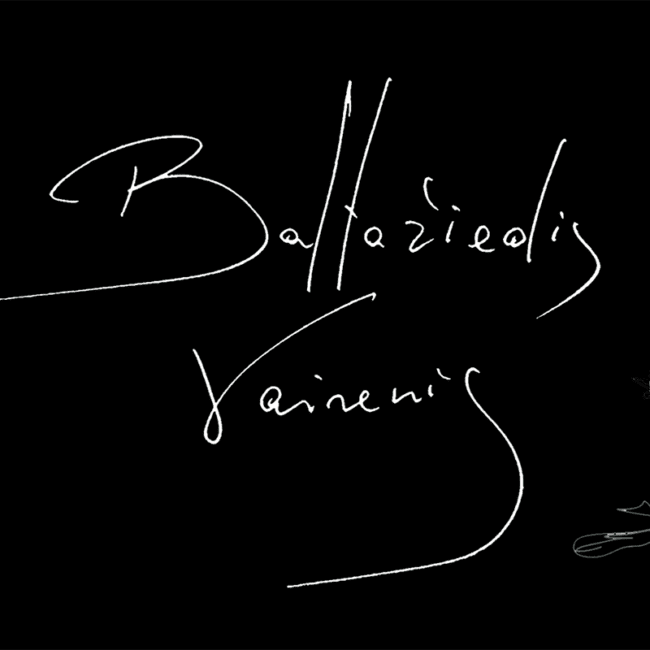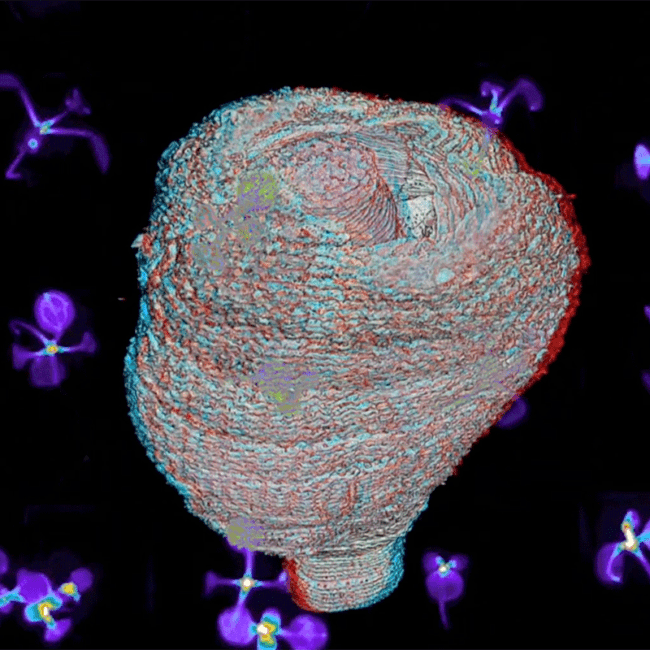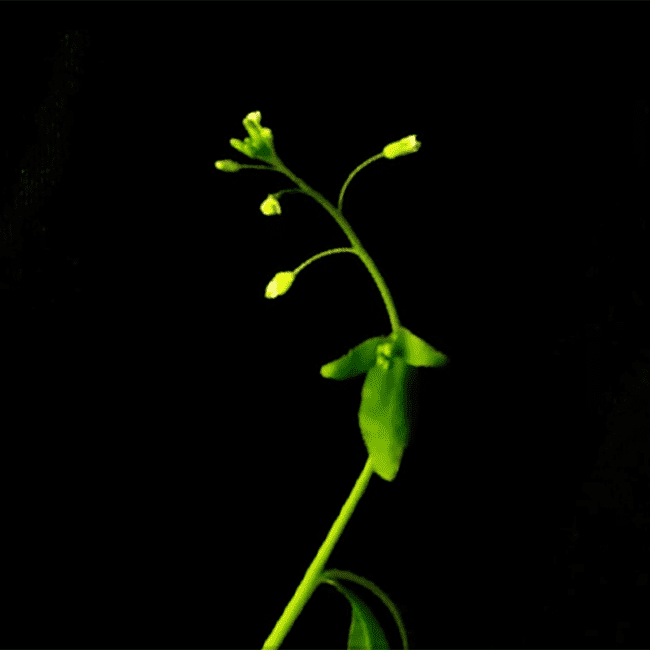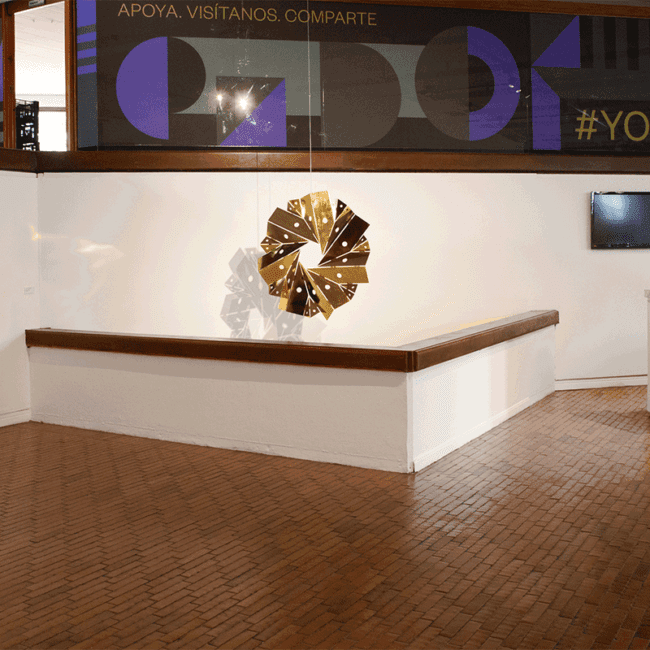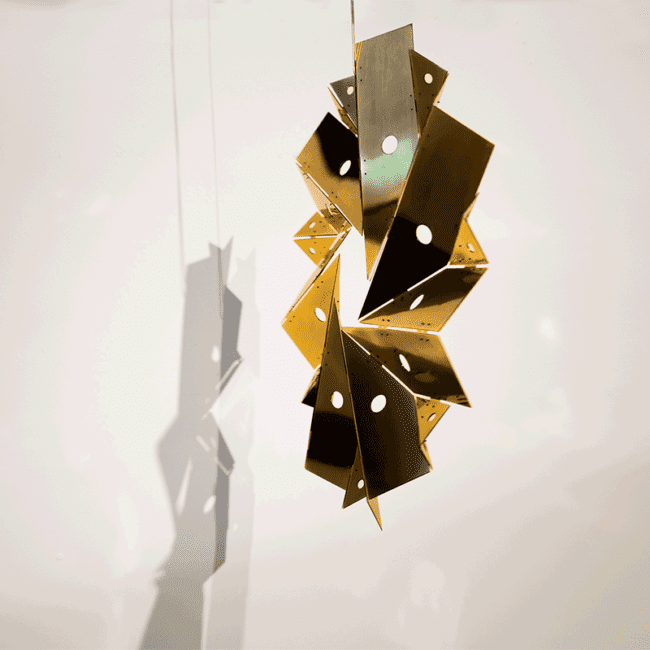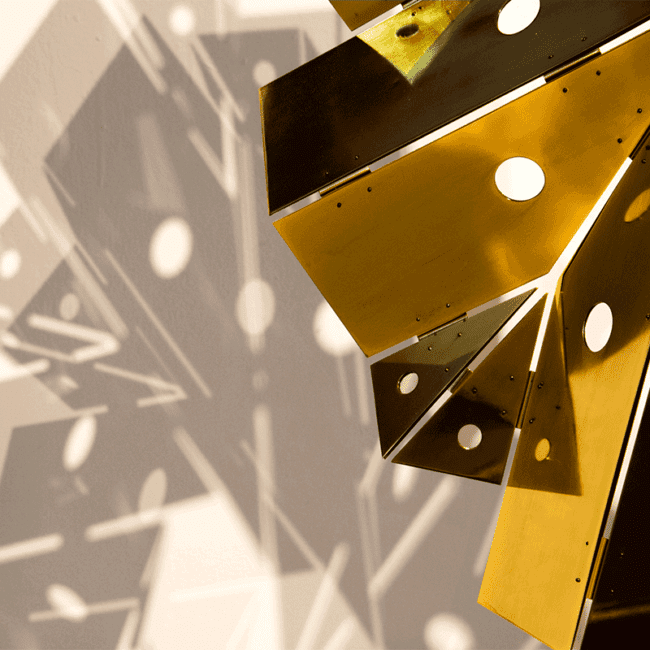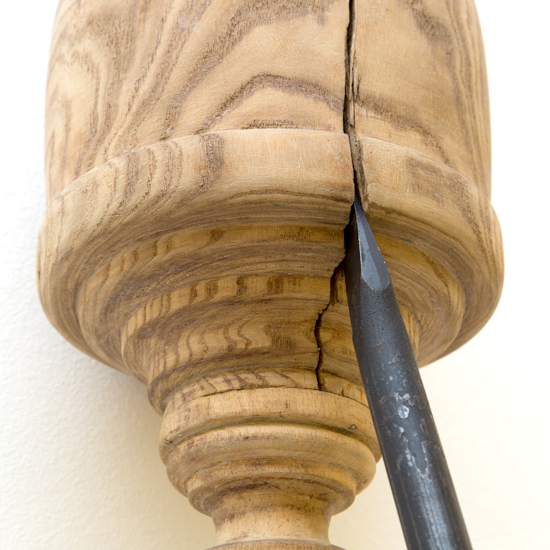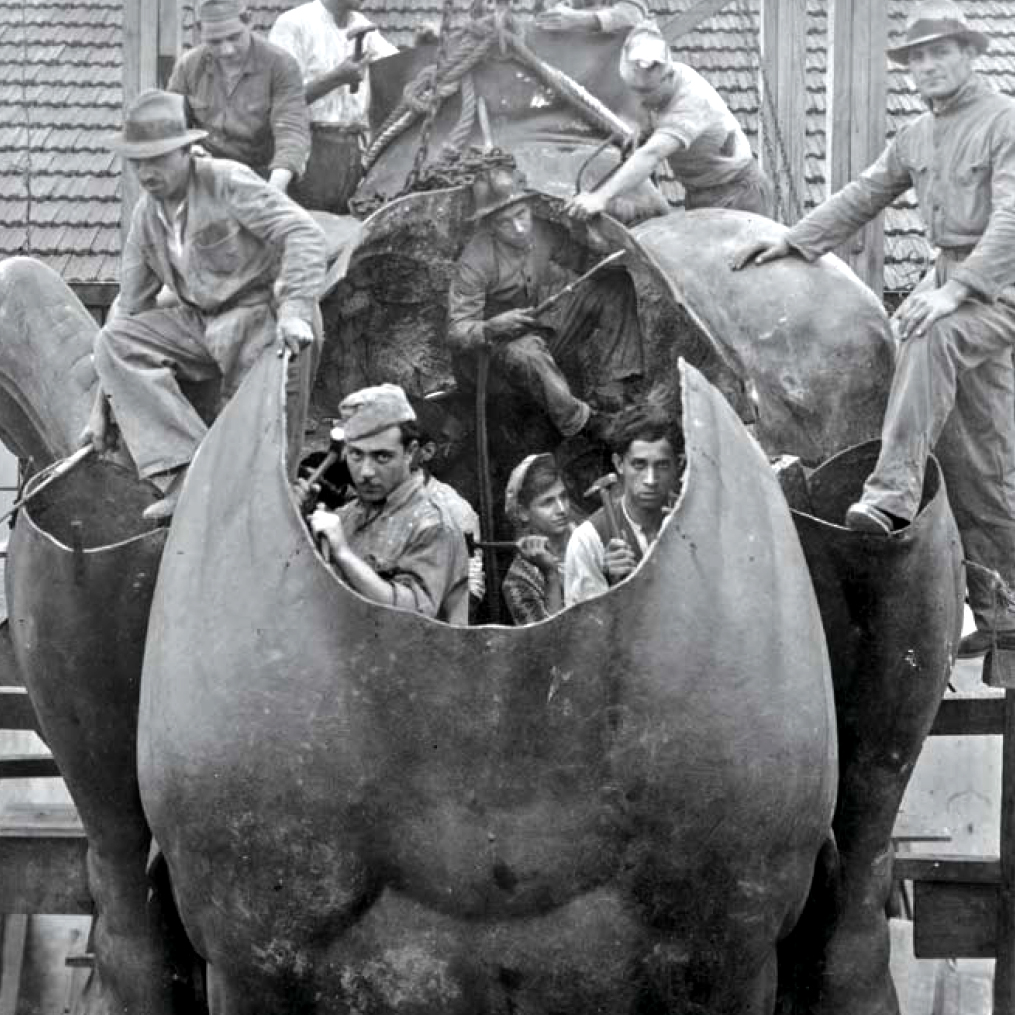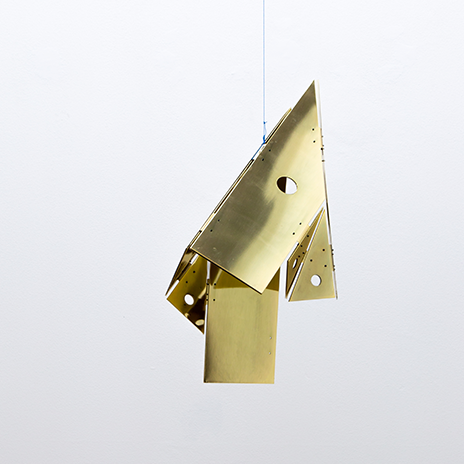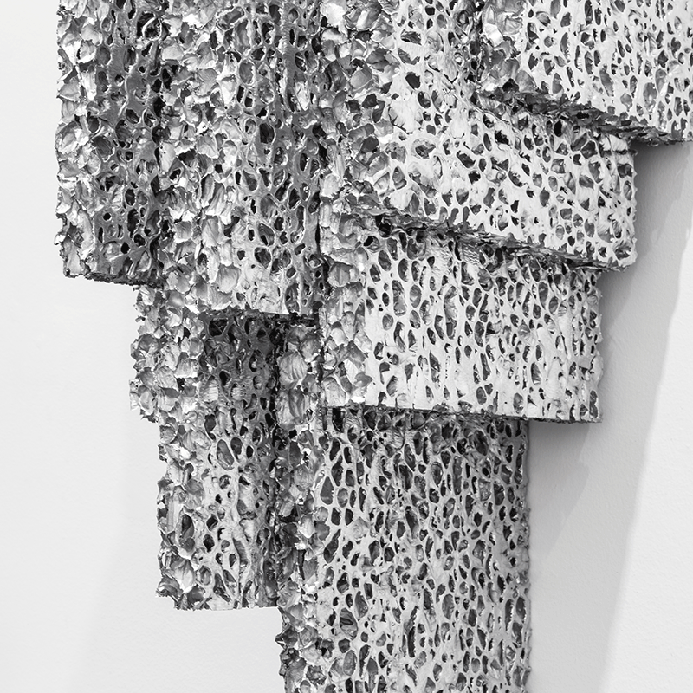March 25th—August 1st 2021
Museum of Modern Art Bogota (MAMBO)
Exhibition cycle MAMBO 2021-1 /Landscape, Nature and Territory
The resilient quality of life under extreme circumstances
Curated by Eugenio Viola
Arabidopsis Thaliana
Ilona Jurkonytė and Santiago Reyes Villaveces, 2021
Arabidopsis Thaliana is an immersive invitation to unlearn the habitual ways in which we think about the environment and economics. Focusing on 1982 as a particular moment in planetary history, this installation weaves a fact-based speculative narrative. In the late 1970s, a group of Lithuanian scientists—at that time under Soviet rule—started experiments with plants’ ability to grow in zero gravity conditions. In 1982 they succeeded to grow a full cycle of Arabidopsis thaliana, a specimen plant, in outer space. This became an inaugural moment for an entirely new area of scientific exploration, currently referred to as astrobotany.
A peripheral yet important question, which to a big extent defines our collaborative method, is what does it mean that people whose communities were obscured by 20th century colonialisms and Cold War knowledge production regimes, had such an impact on space exploration. We revisit this inaugural astrobotanic event through counter-extractive approaches.
Since the very beginning, our collaborative projects are conversations balancing on the fringes of familiarity and uniqueness. Originating from dissimilar latitudes, we like to probe meanings and compare historical narratives. We look for singularity and empathy. Coming from places defined by colonial pasts (Colombia and Lithuania), we share an impulse to invent survival strategies through non-extractive ways of relating to other beings.
With Arabidopsis Thaliana we ask the exhibition visitors to look beyond both totalitarian and nation state discourses, and invite them to focus on the material and discursive implications of a plant’s leap into outer space, one cell at a time… To paraphrase the illustrious sentence: one tiny cell for Arabidopsis, a giant leap for the entire ecosystem.
While inscribing outer space into human historical and economic thinking is not new, with Arabidopsis Thaliana we are inviting visitors to imagine an paradigmatic alternative that could be caused by growing plants in space. Currently, astrobotany is exclusively subject to dominant extractive discourses and practices. Using the format of a radio broadcast we recreate our version of the moment when Arabidopsis thaliana—in Lithuanian, baltažiedis vairenis—becomes world news. With Arabidopsis Thaliana we give life to an immersive space, the experience of which hopefully continues to resonate outside of the museum. Our goal is to instigate an experience in which visitors can nurture an affective relationship with a humble plant.
For us, revisiting this moment in history means overcoming legacies of the Cold War knowledge production apparatus. Based on alternative historical discourse, Arabidopsis Thaliana weaves potentials for a future outside of market economy determinism. Apart from the inauguration of astrobotany, the early 1980s are also marked by negotiations of the nuclear disarmament, Gabriel García Márquez winning the Nobel Prize in Literature, and the Soviet Union team (composed of Lithuanian, Ukrainian, Russian, Latvian, Estonian, and Georgian players) winning the World Basketball Championship in Cali, Colombia, which was broadcasted worldwide by a newly established and rapidly spreading satellite technology. While audio-visually navigating these narratives and media thresholds, we tell a microhistoric tale of the loneliest plant in an expanded ecosystem.
The audiovisual narrative draws from explicit radio, TV, and digital archival materials coming from different development phases of media technologies. Simulated and real narratives speak to a central question in Arabidopsis Thaliana: what is life and what does it mean to be alive? The question, “Is it alive?” leads the way into the installation in the shape of a Morse code ornament on the walls, framing the discussion of the implications of terrestrial life spreading into outer space.
